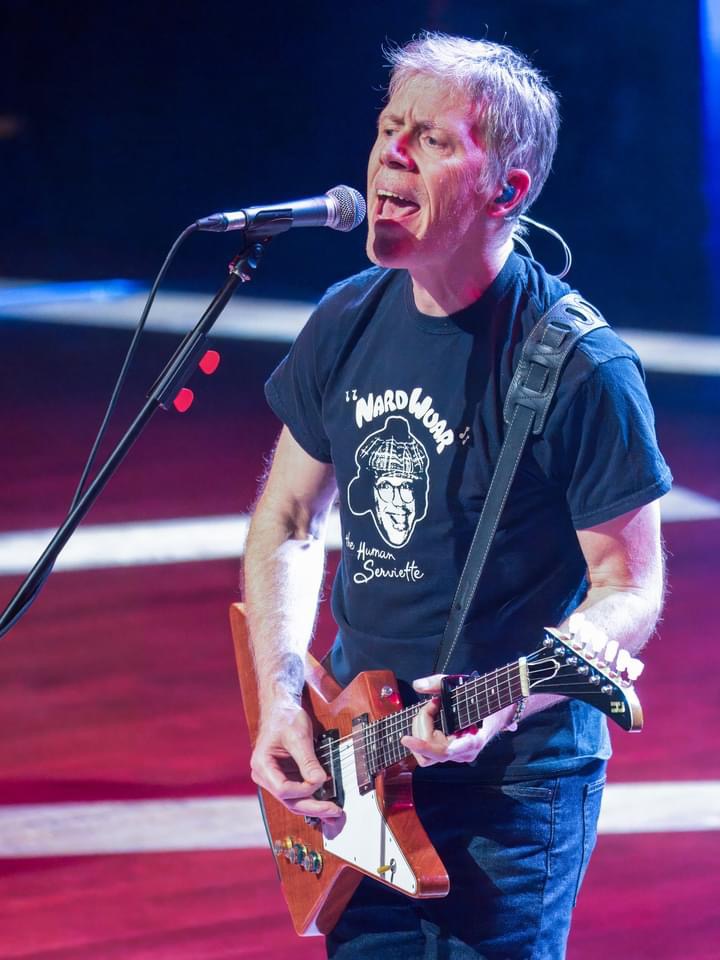by VAN HANSEN
Just down the road from the Rockton World’s Fairground, Pavlo Pottery beckons with the soft scent of clay and the quiet rhythm of creation.
Shelves lined with mugs, vessels, and luminous glazes tell the story of two artists; Pavlo Tsarynny & Oksana Pogorila—whose shared journey in clay has spanned continents, decades, and countless kiln firings.
“Every kid likes to play with dirt,” Pavlo says with a laugh. “I was not an exception.”

A Creative Journey from the Ukraine to Ontario
Long before they established their gallery on Old Highway 8, Pavlo and Oksana studied pottery and fine arts in Ukraine together in the early 1990s, completing a rigorous five-year program at an Art Institute in Kyiv.
“I learned that dirt can be made into different colours,” Pavlo recalls. “And out of dirt, you can create a lot of beauty.”
After immigrating to Canada, Pavlo honed his skills under a master potter before the couple opened their own studio. Nearly twenty years ago, they purchased a property in Rockton, transforming it into both their home base and the Rockton Potters Gallery—a space that celebrates handmade craftsmanship and community connection.
The Art of Collaboration

Pavlo and Oksana’s creative partnership is a balance of precision and artistry.
“There’s form, there’s colour, there’s glaze chemistry, physics, even engineering,” Pavlo explains. “I focus on the form and glaze design, and Oksana adds her magic touch with artwork and carving. Every piece becomes something unique.”
That magic is most evident in their latest creation of fossil-inspired mugs—a collection featuring carved impressions of T-Rex bones and mammoth fossils that look as though they’ve been unearthed from prehistoric stone. Each carving, Pavlo says, is an original, taking Oksana weeks or months to complete.
“They look like real fossils,” he says proudly. “And no two ever come out the same.”

More Than Just a Mug
Their mugs are among their most beloved creations—functional, collectable, and deeply personal.
“By far, the mug is the most popular piece,” Pavlo says. “It’s something more than just a drinking vessel.”
He believes the appeal lies in the individuality of each one.
“The mug you’re holding—you know there’s only one. Not another person in the world will hold an identical piece.”
Even the firing process adds an element of surprise. Variations in glaze and heat create subtle differences that make every mug a small work of art. “It’s just magic that never repeats itself,” Pavlo says.

Building a Community of Makers
Over time, the Rockton Potters Gallery has become a gathering place for Canadian artisans. Inside, visitors can find work from roughly 30 artists—from jewelers and painters to other potters and craftspeople.
“We’re primarily about pottery,” Pavlo says, “but we also showcase the beauty and skill of many different Canadian artists. We want people to find something special—something made by hand.”
Beyond Rockton, Pavlo and Oksana’s work can be found at St. Jacob’s Market and select Ontario boutiques. Yet their focus remains local—on the slow, deliberate process of creating and sharing.
A Legacy in Clay

After more than 30 years of working side by side, Pavlo and Oksana have built not just a business, but a life centered on art, family, and connection.
Visitors can stop by their gallery any day between 10:30 a.m. and 5 p.m., perhaps watch as new pieces take shape, and take home something truly one-of-a-kind. As Pavlo puts it:
“We make pottery you can enjoy every day—something that brings a touch of beauty to your life.”

Market | News | Events | Never miss a story—subscribe now to our free monthly newsletter:





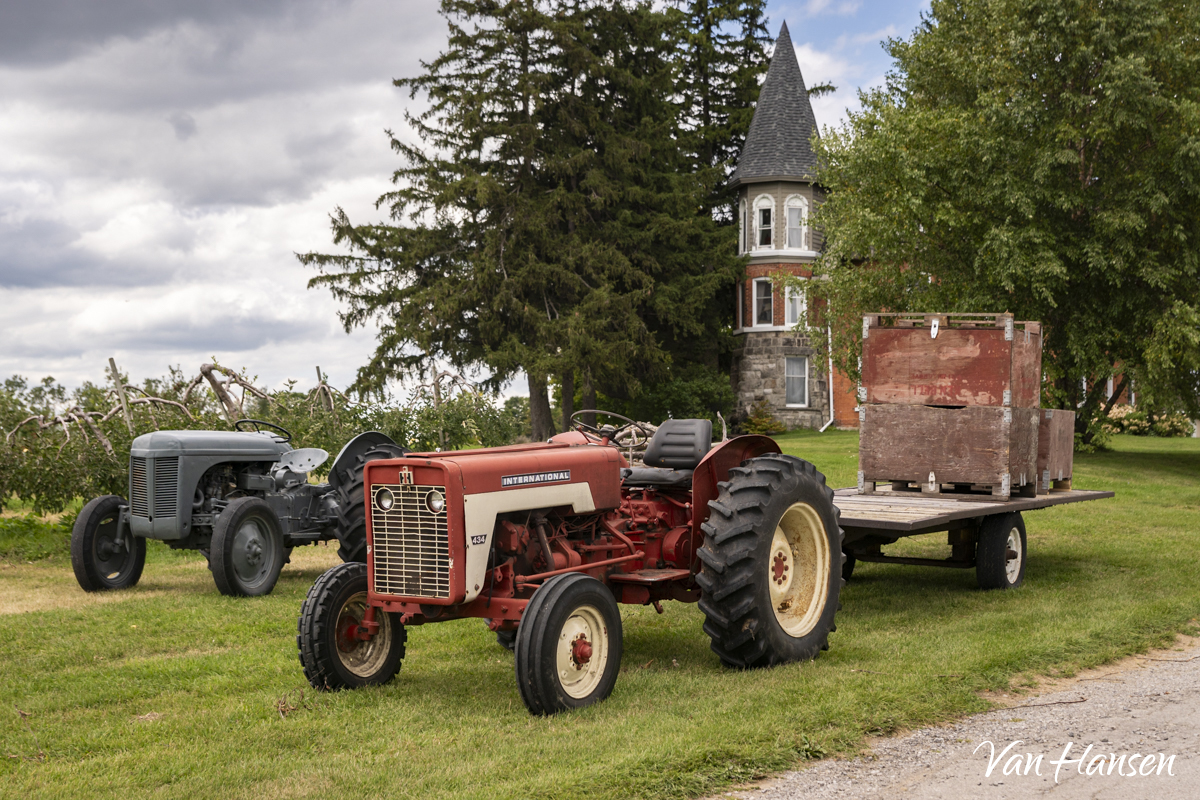
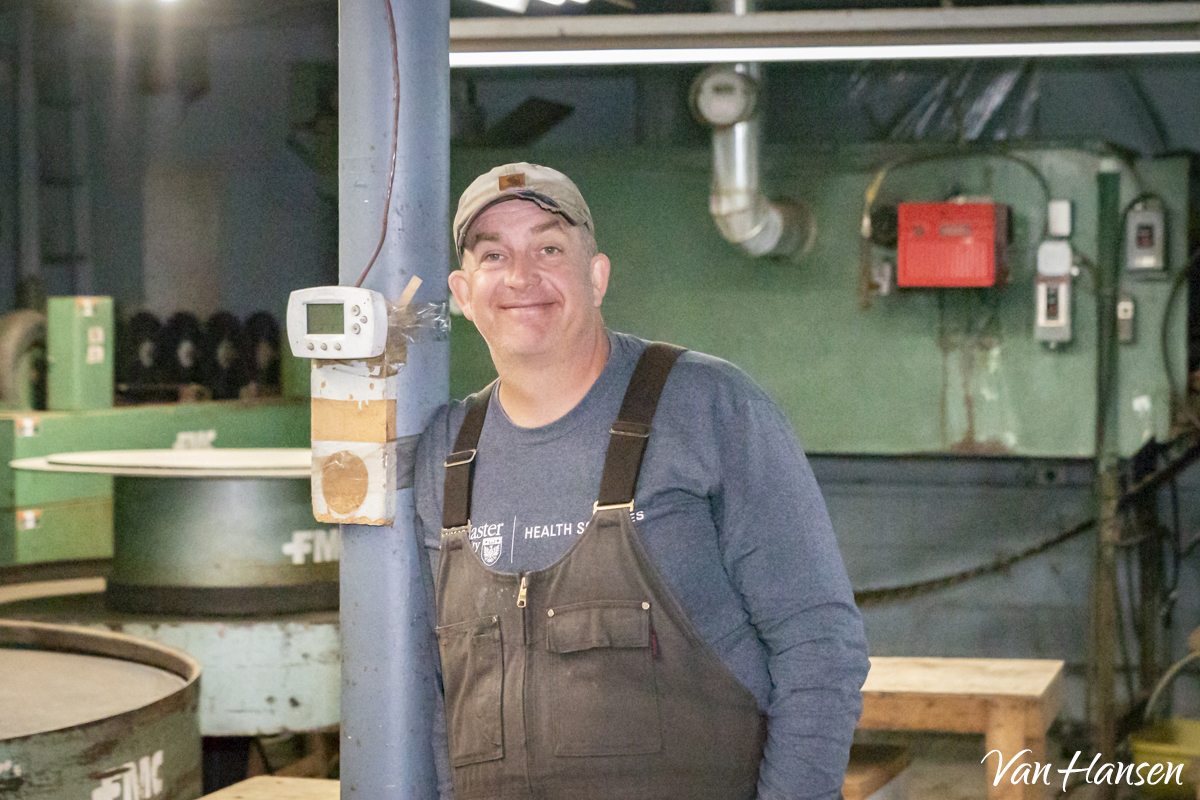




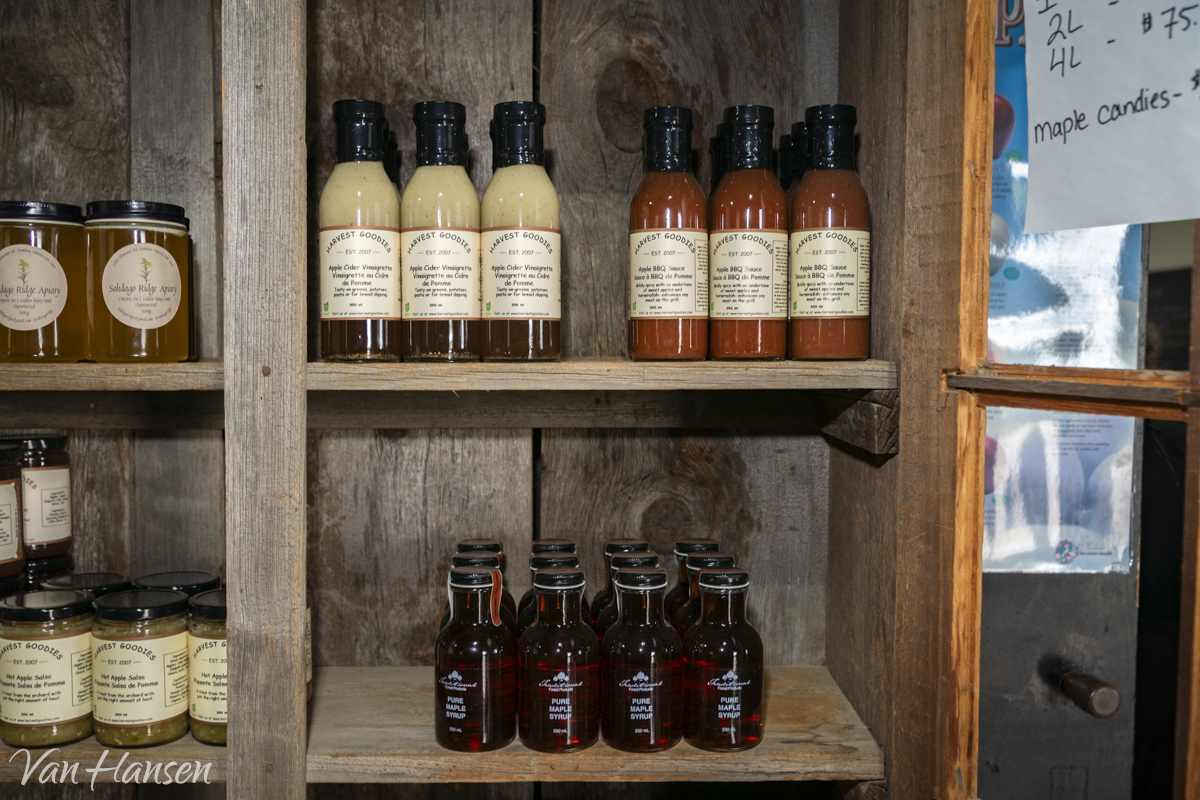



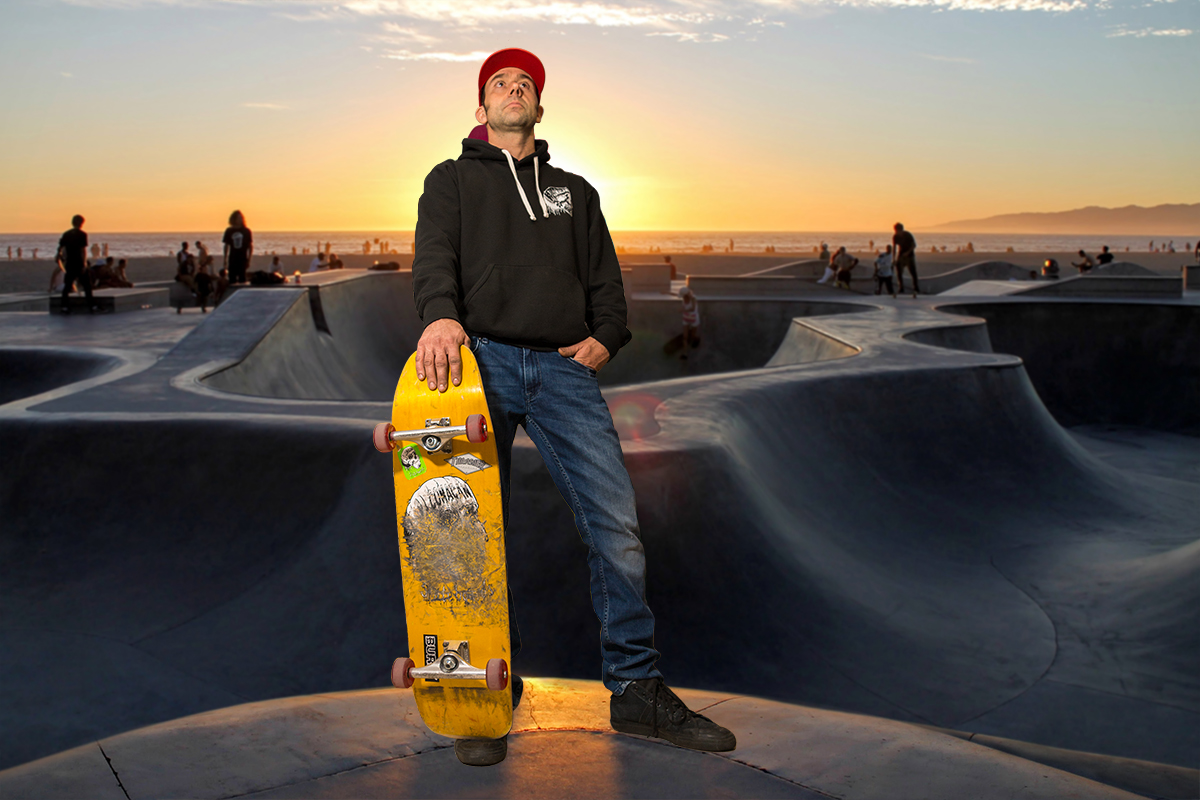


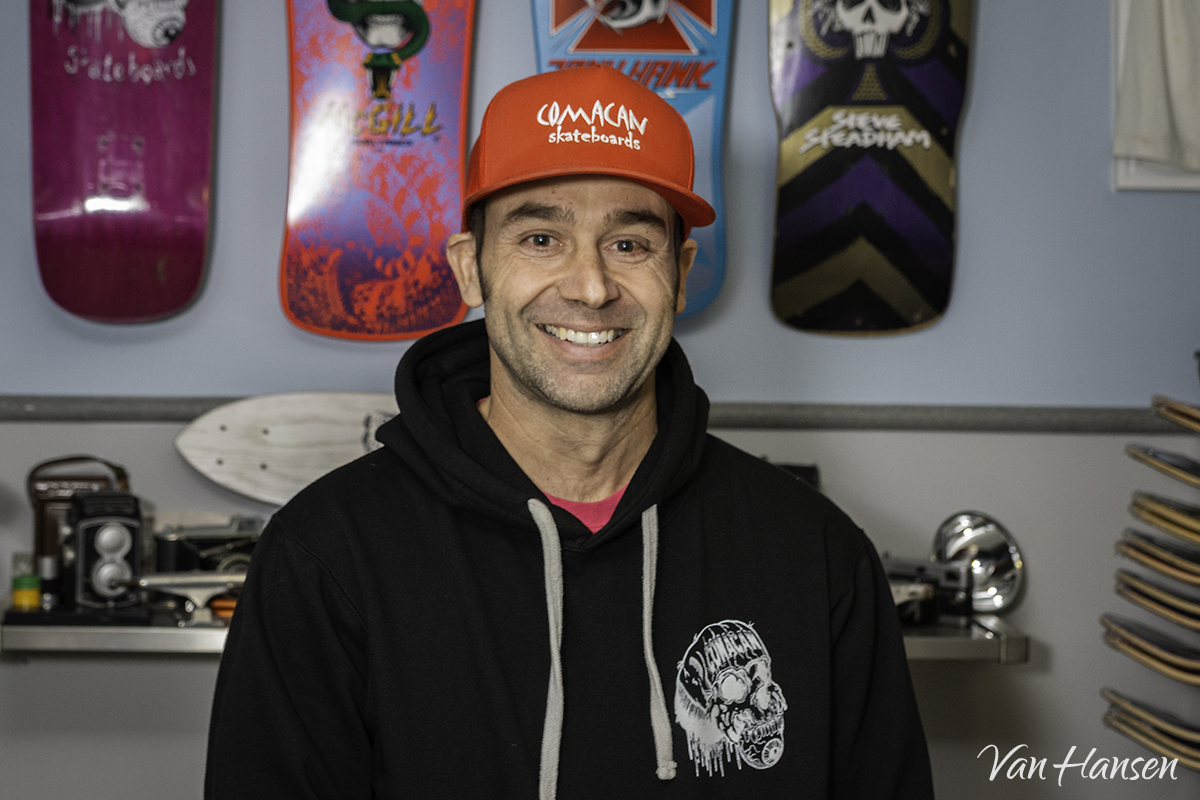



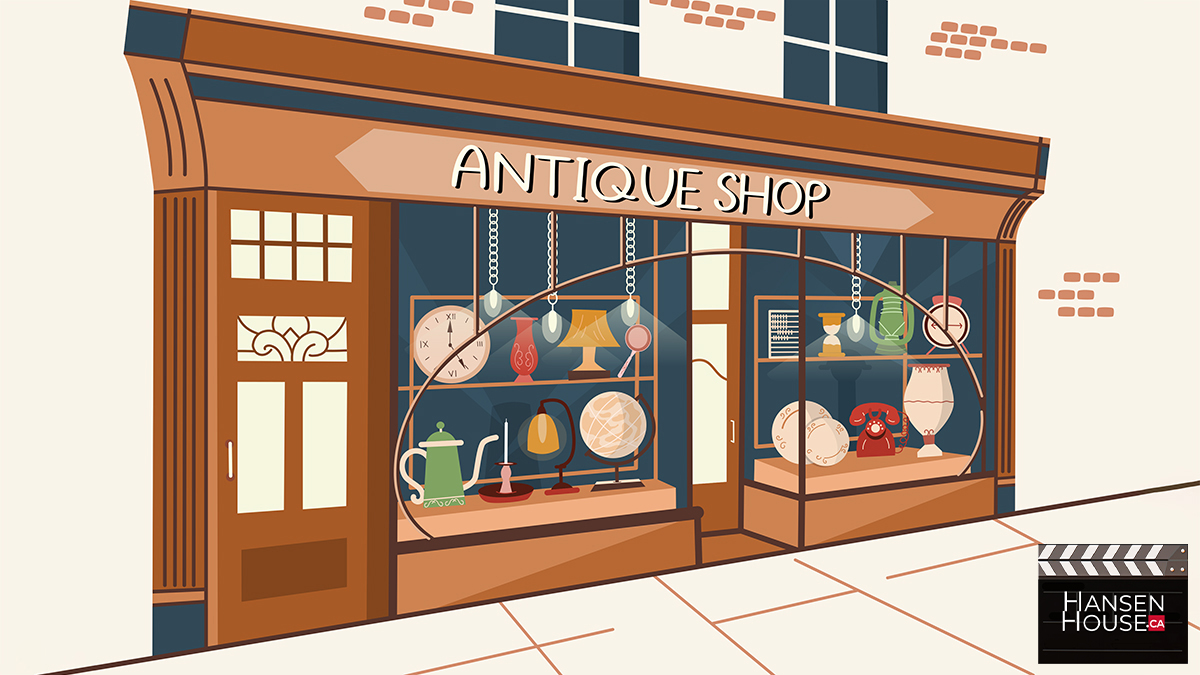

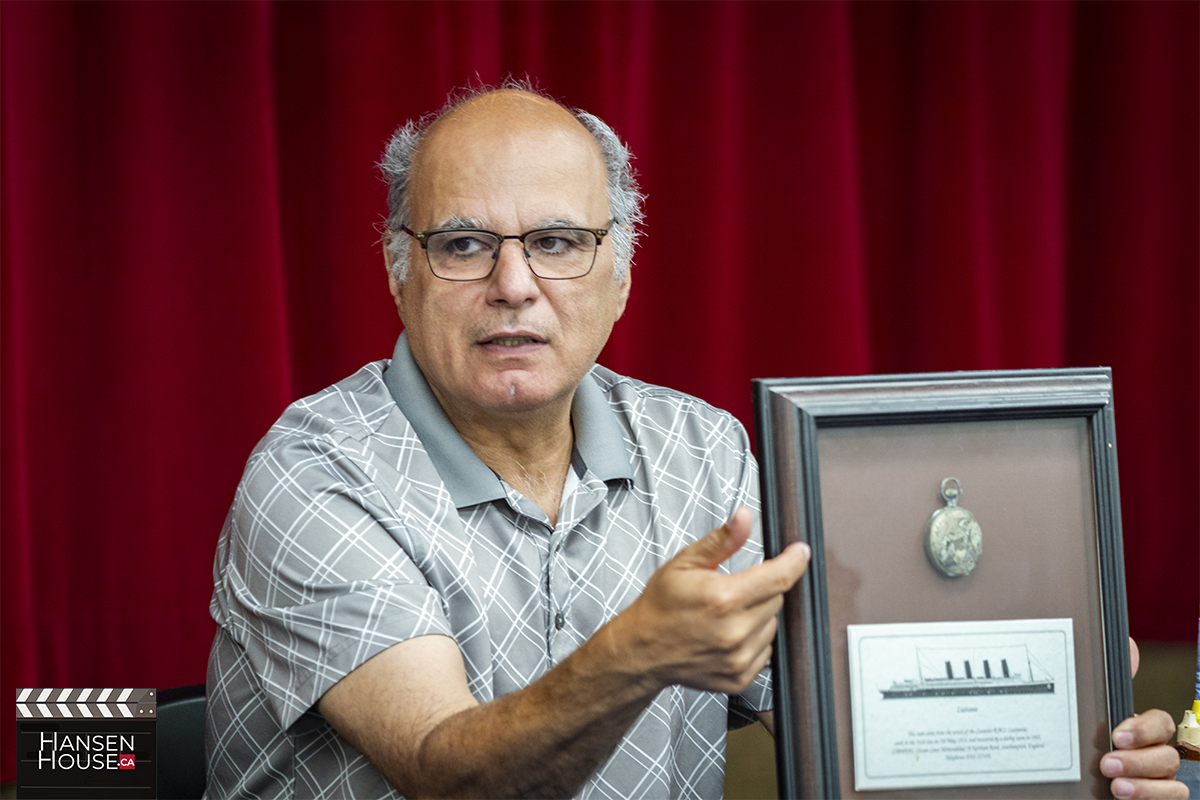
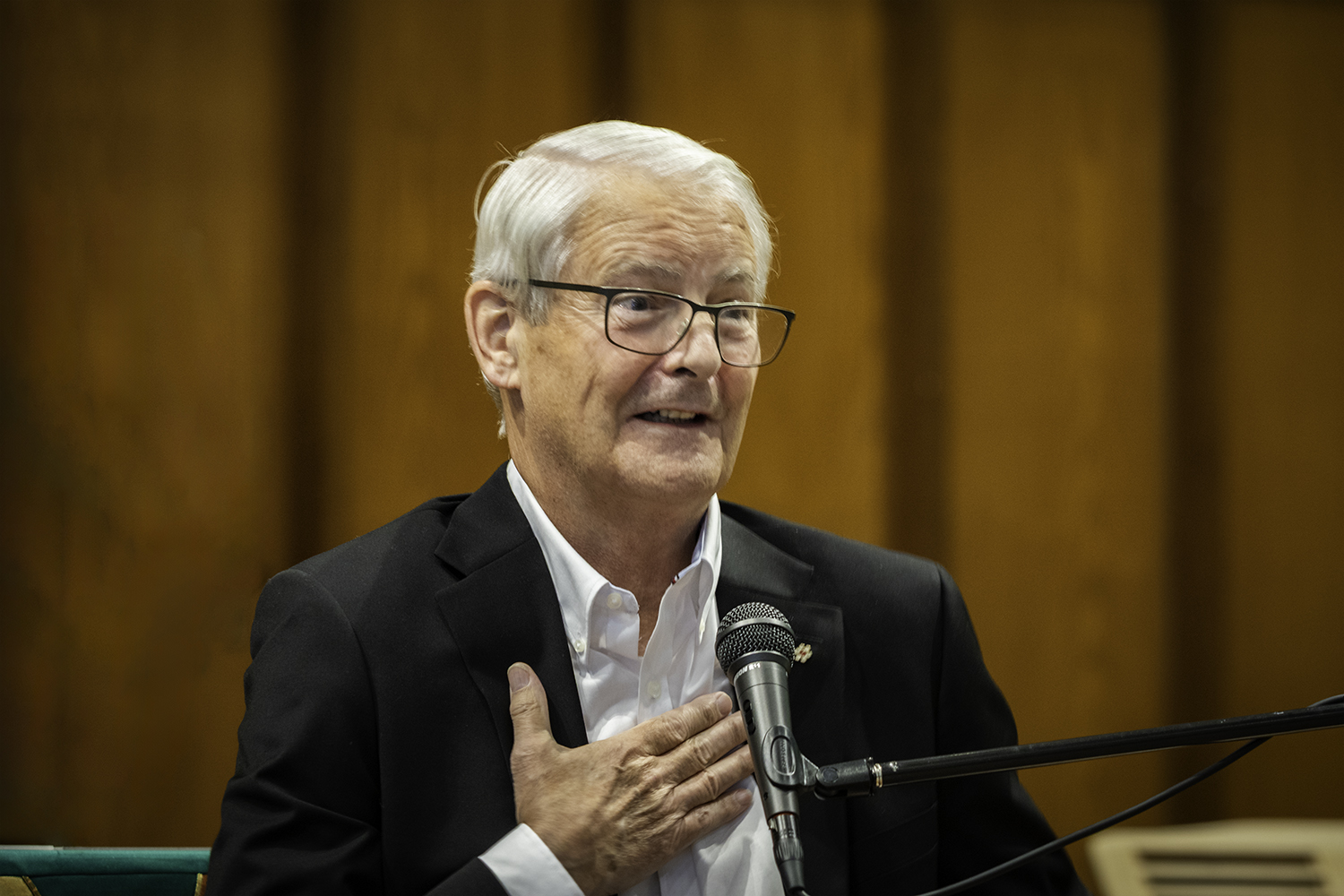
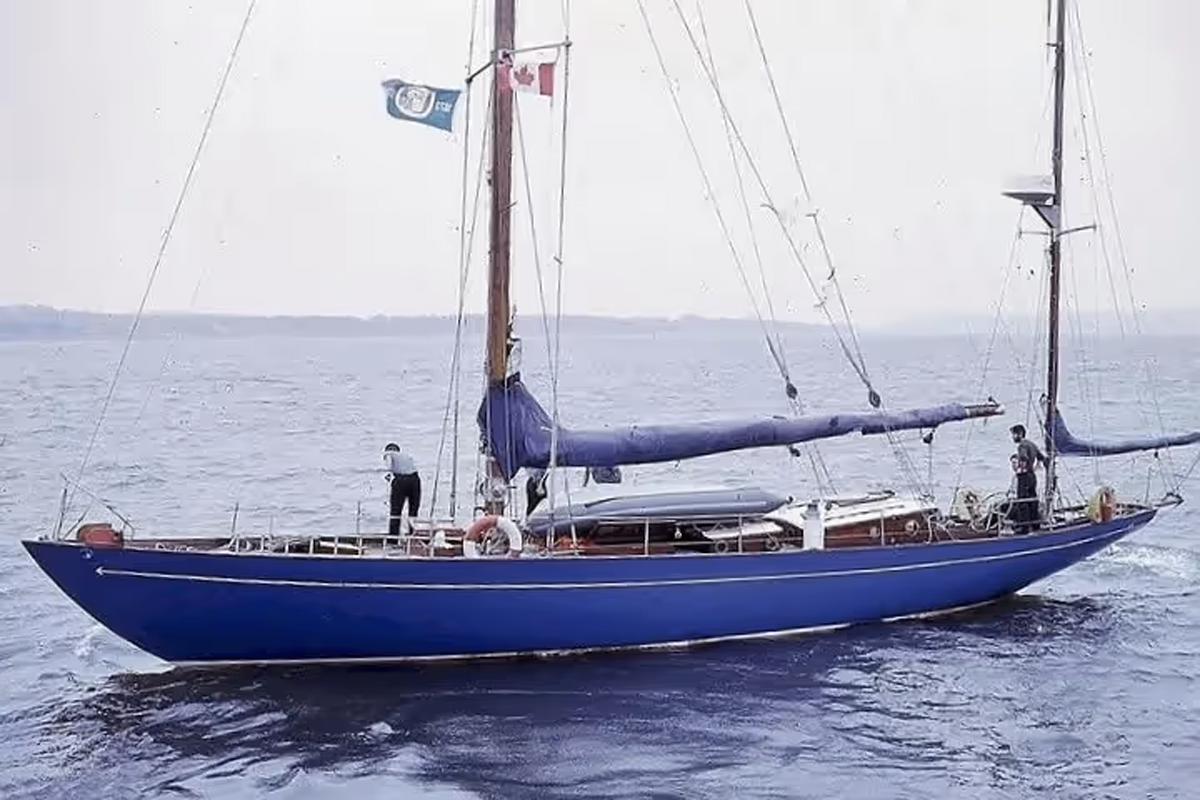




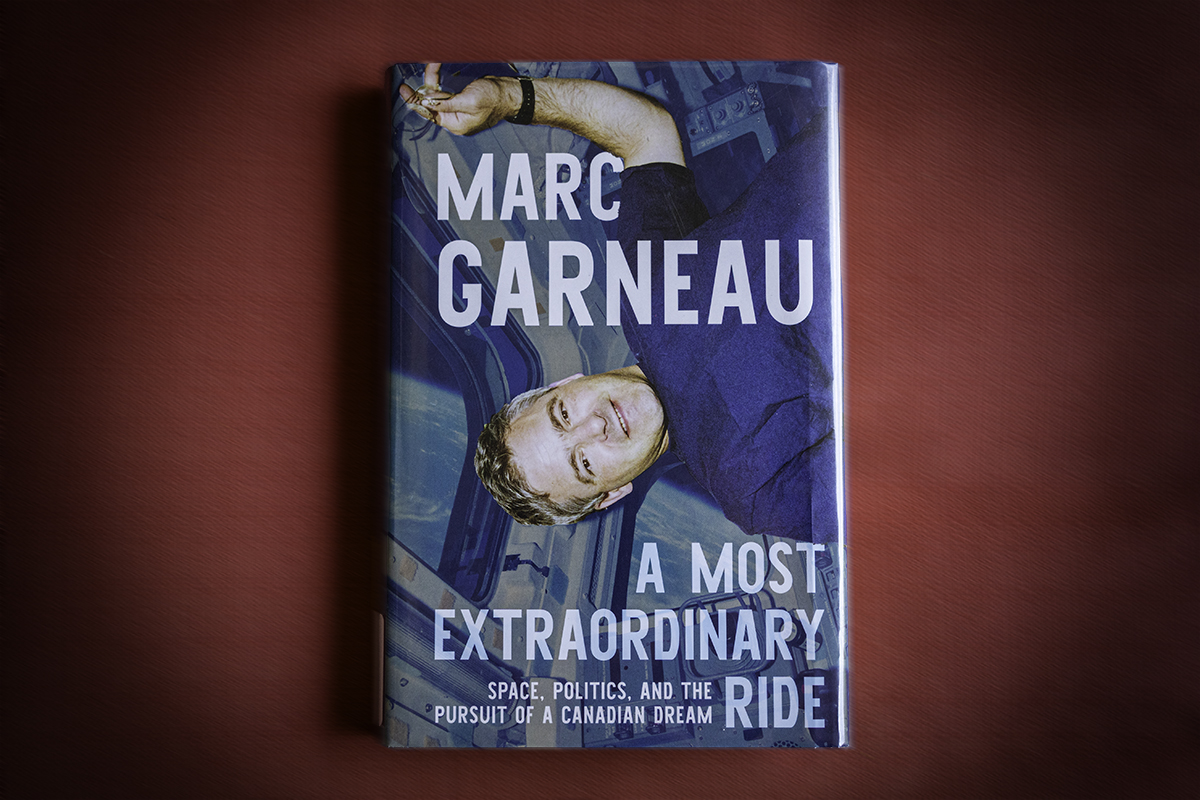

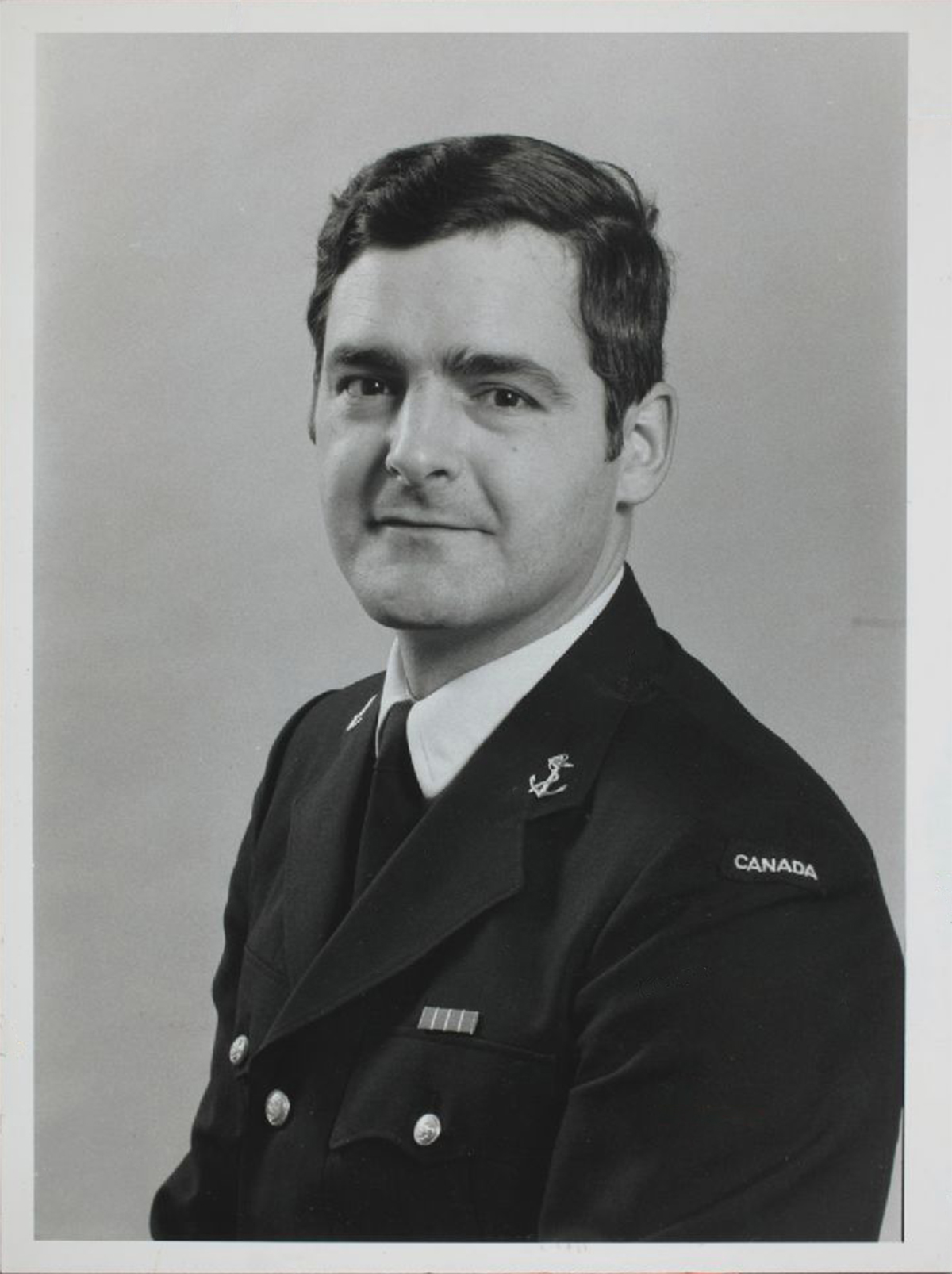
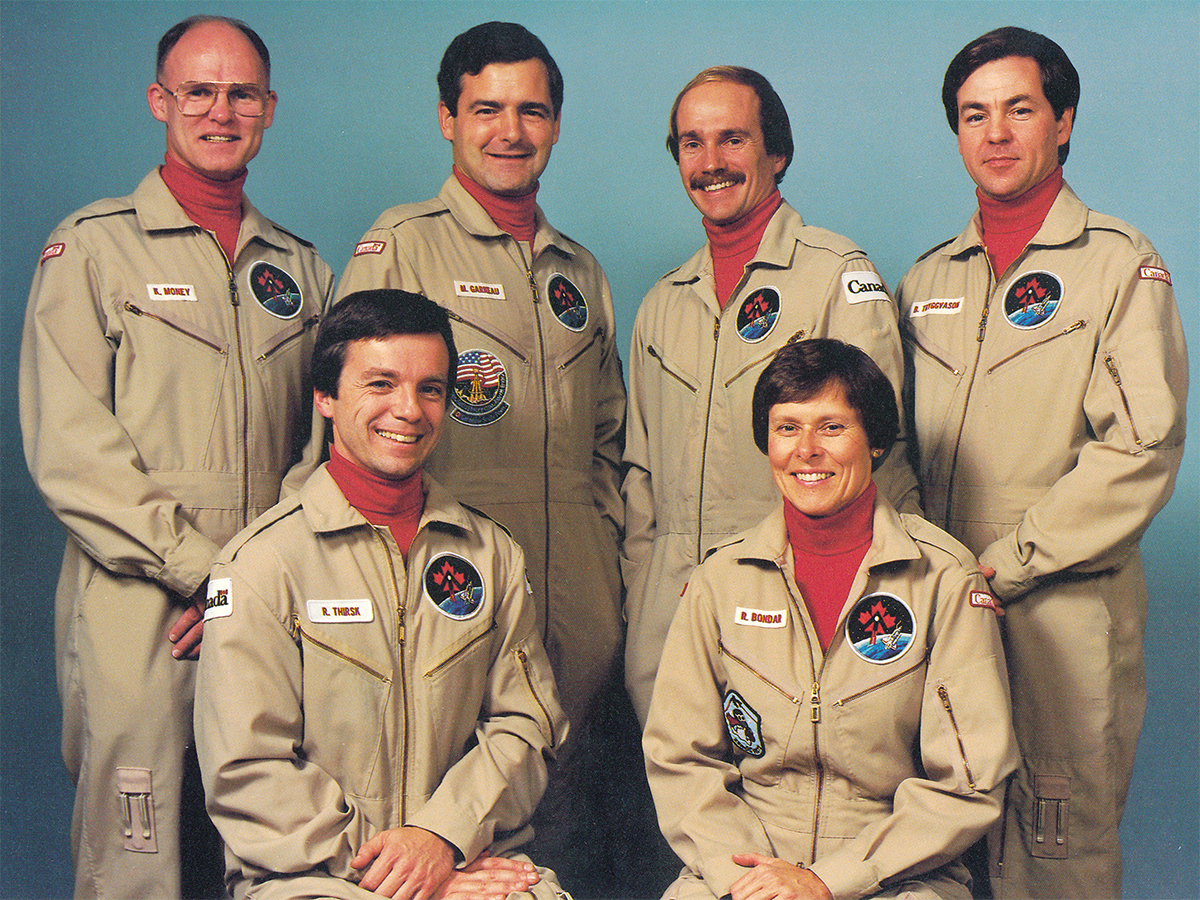





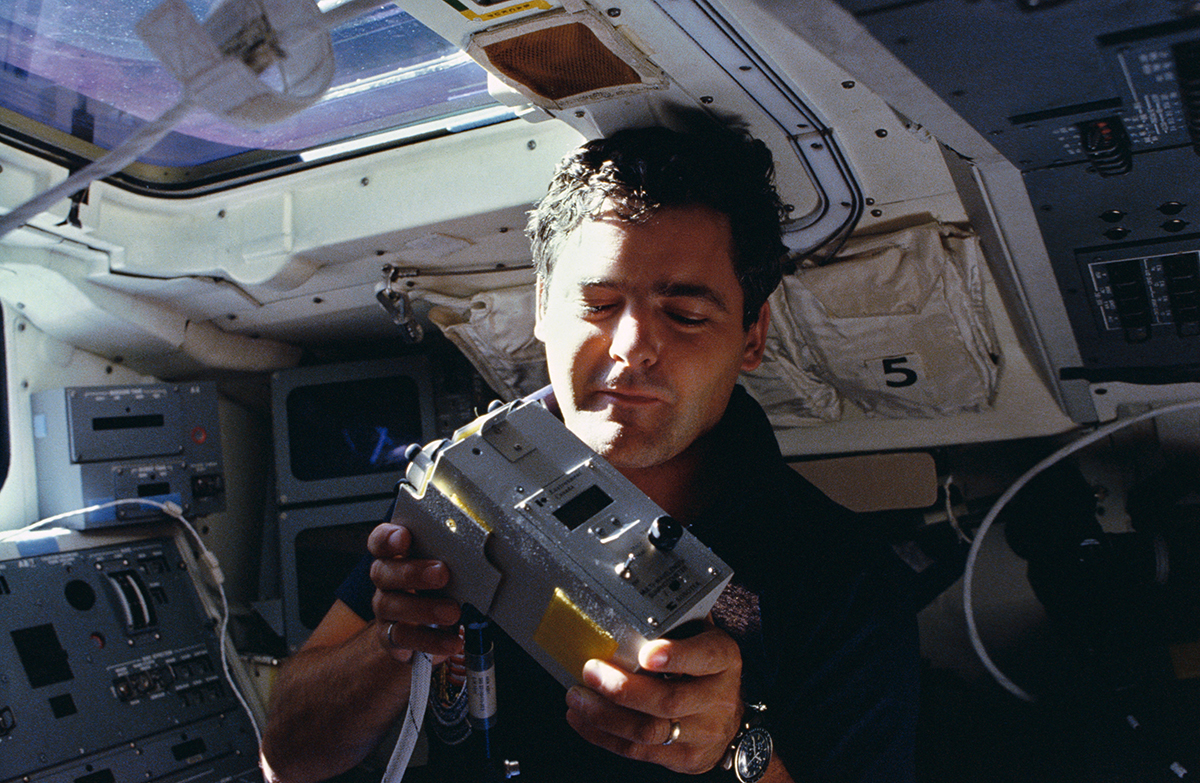


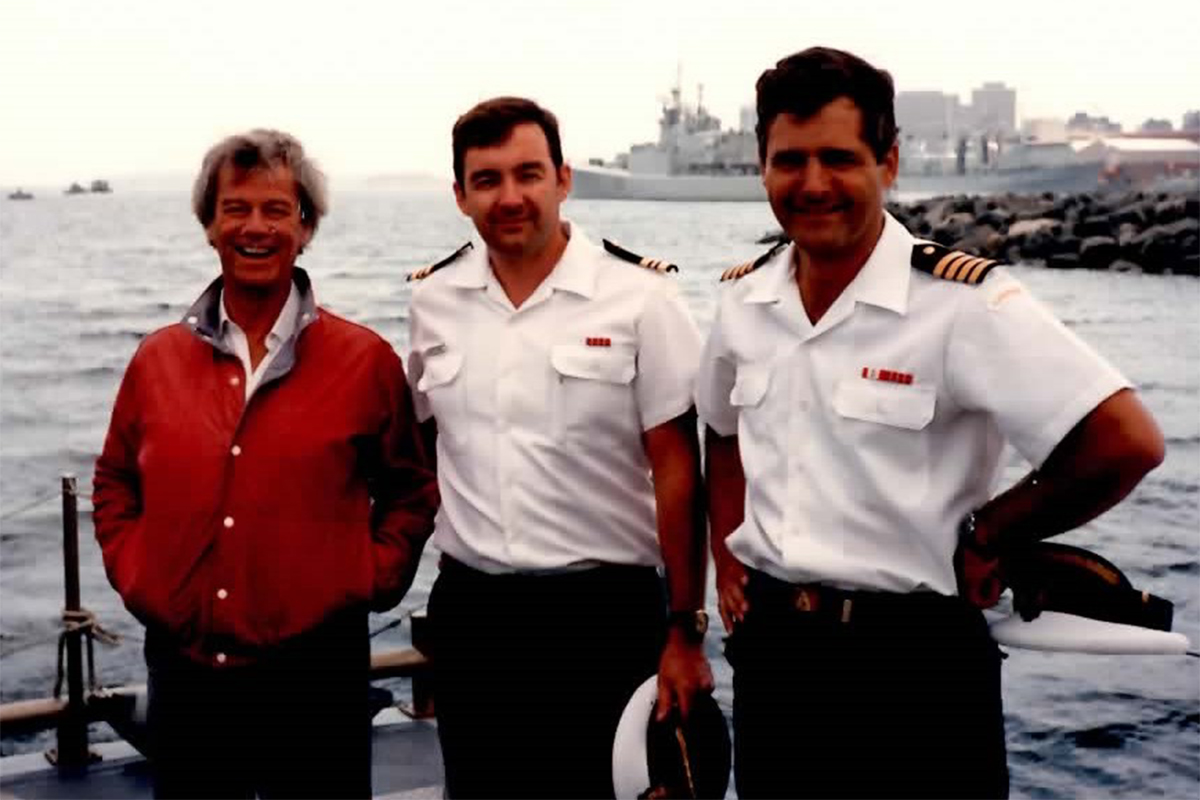

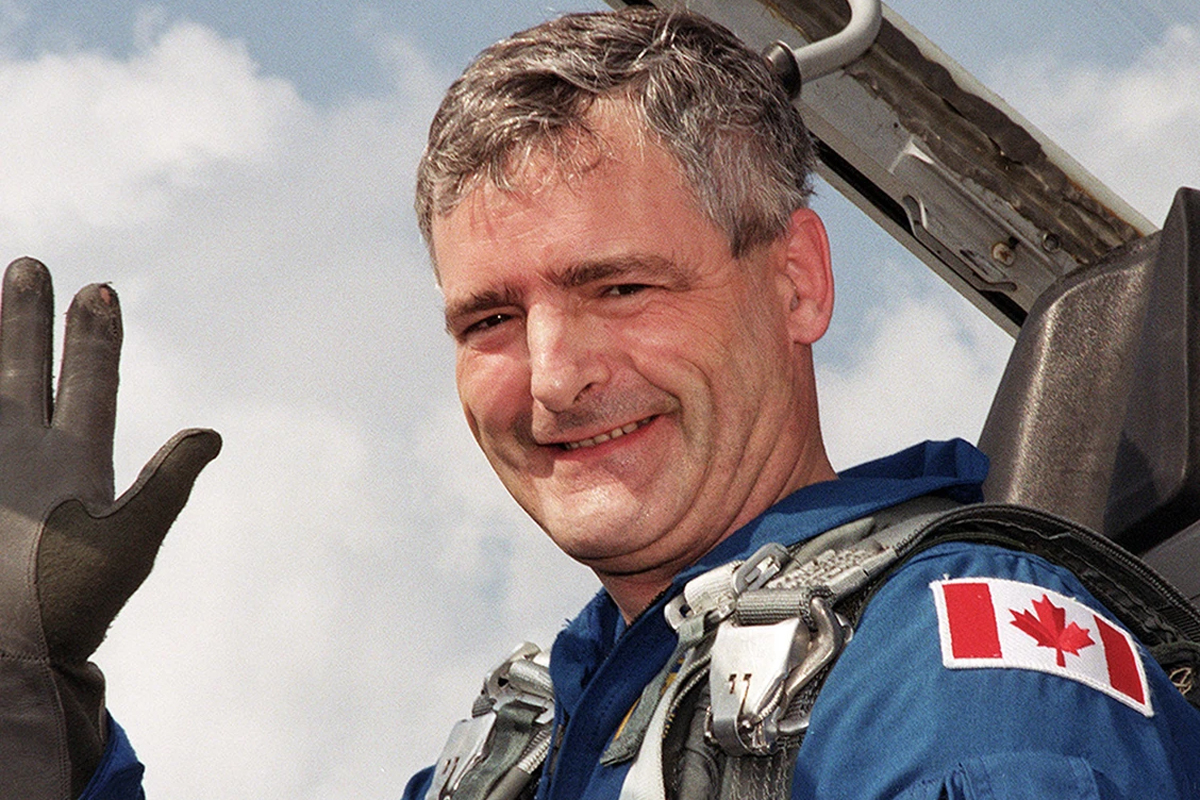
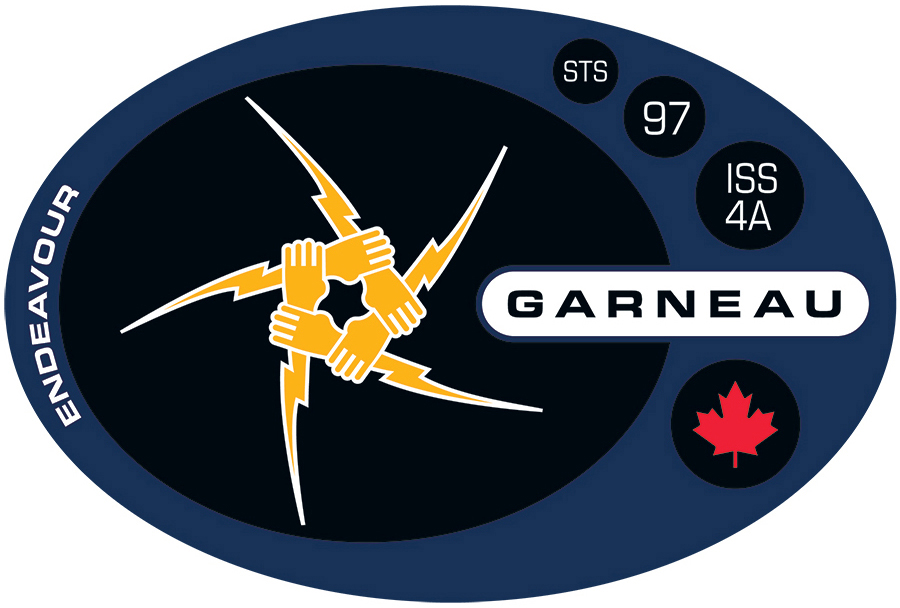





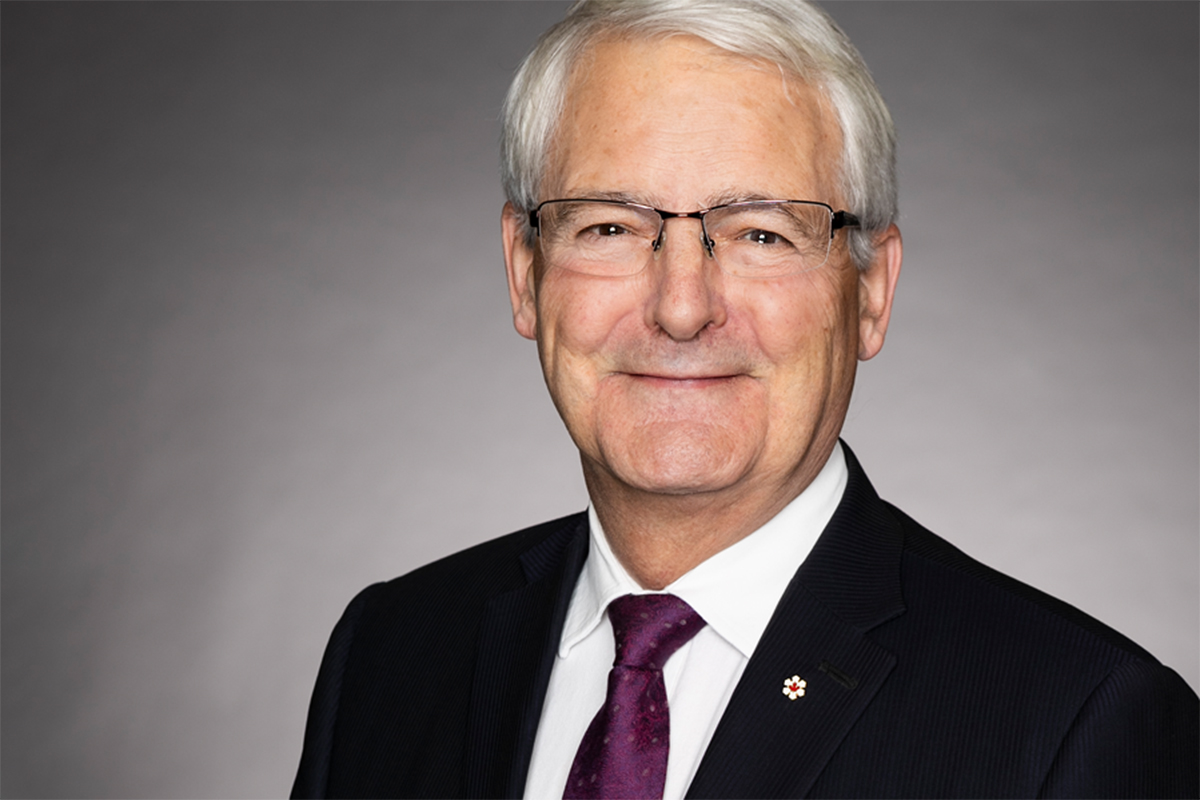
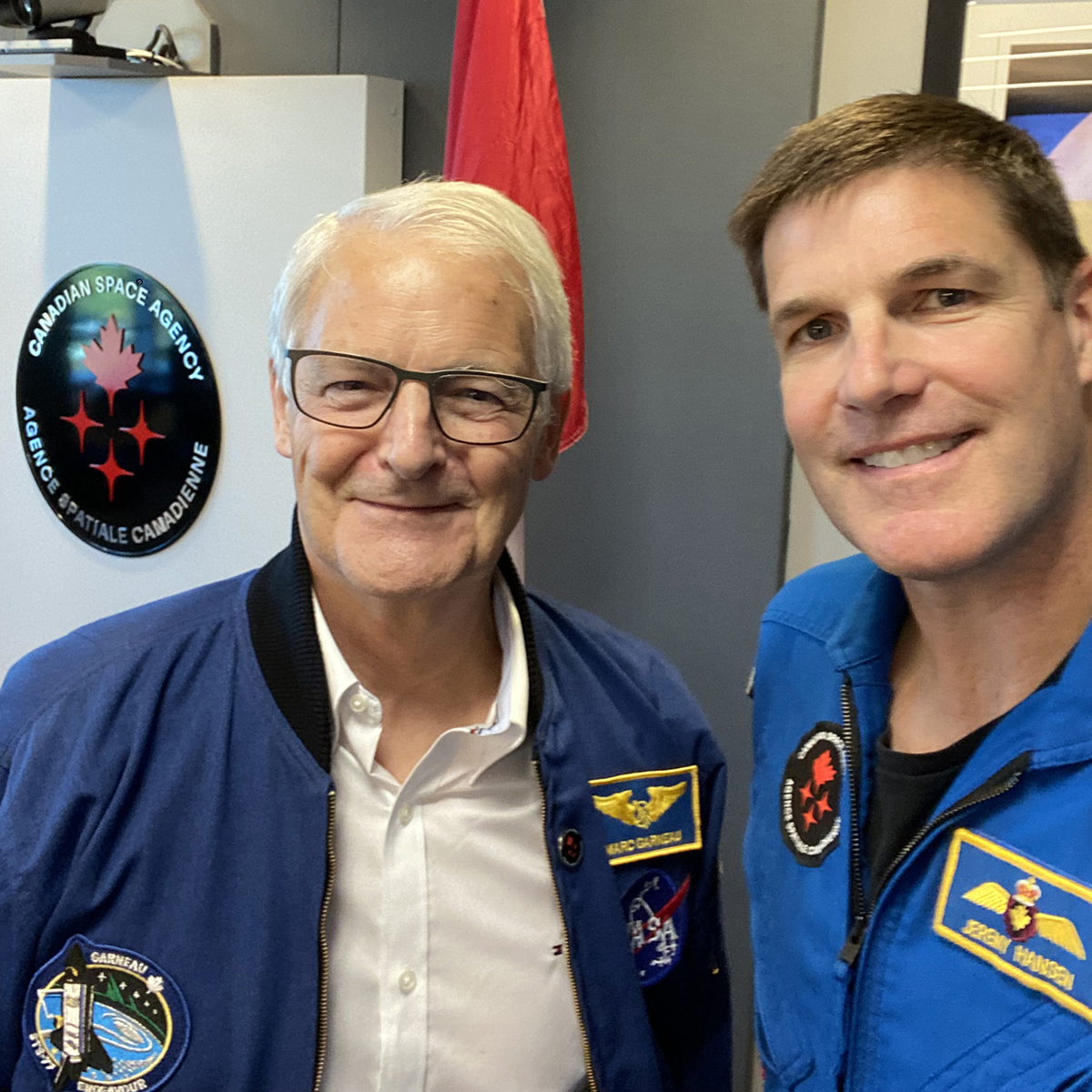
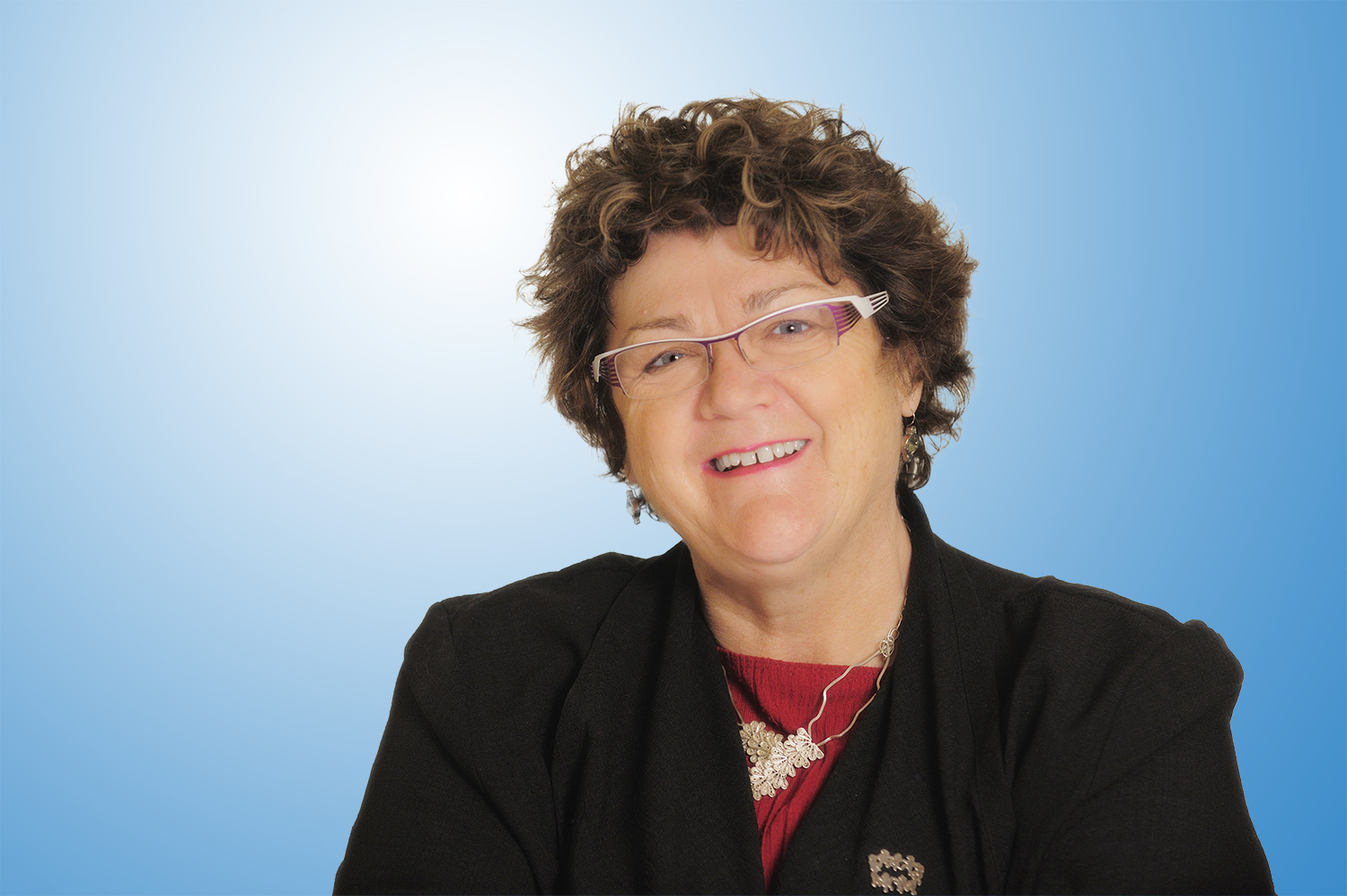

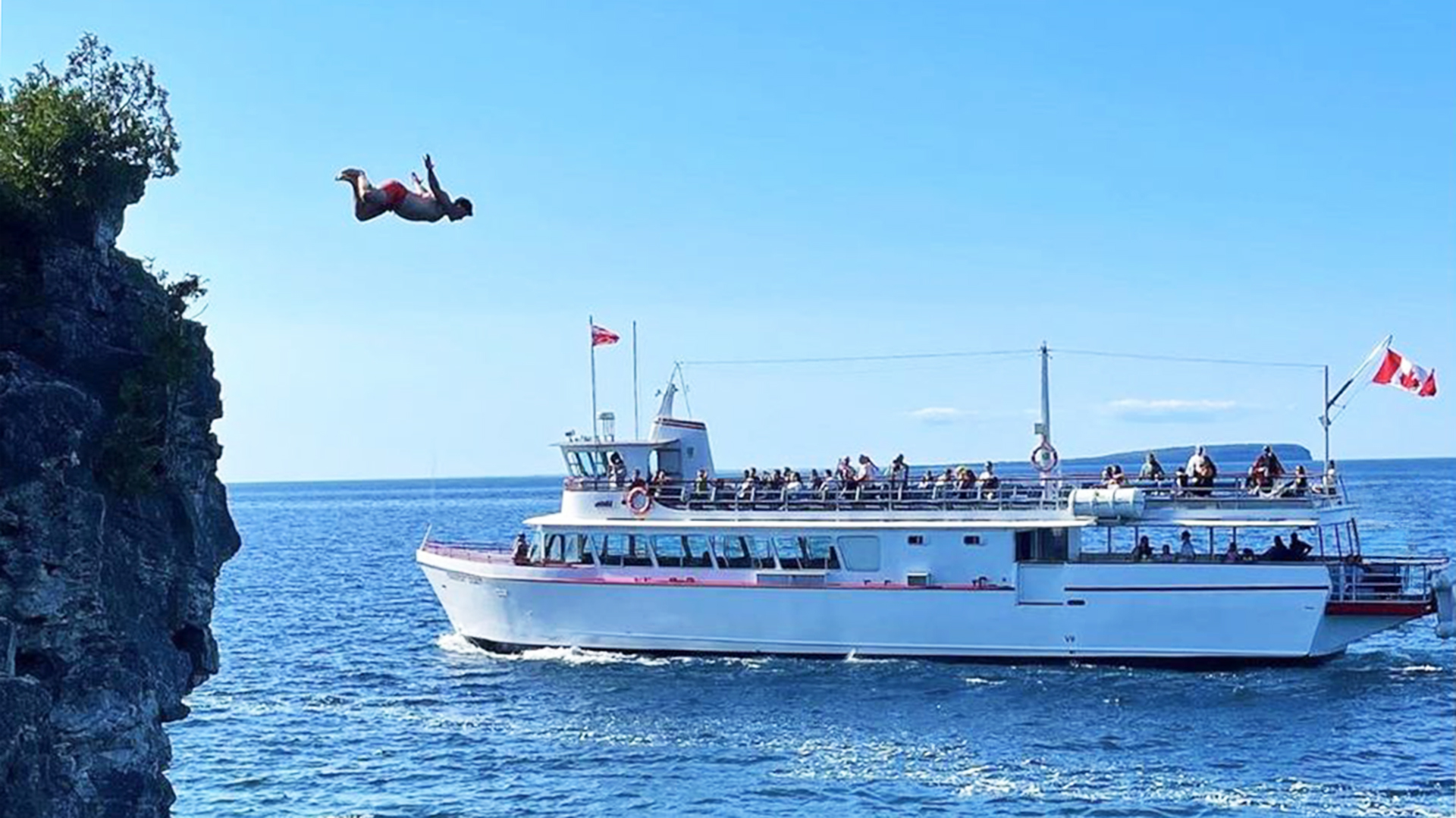



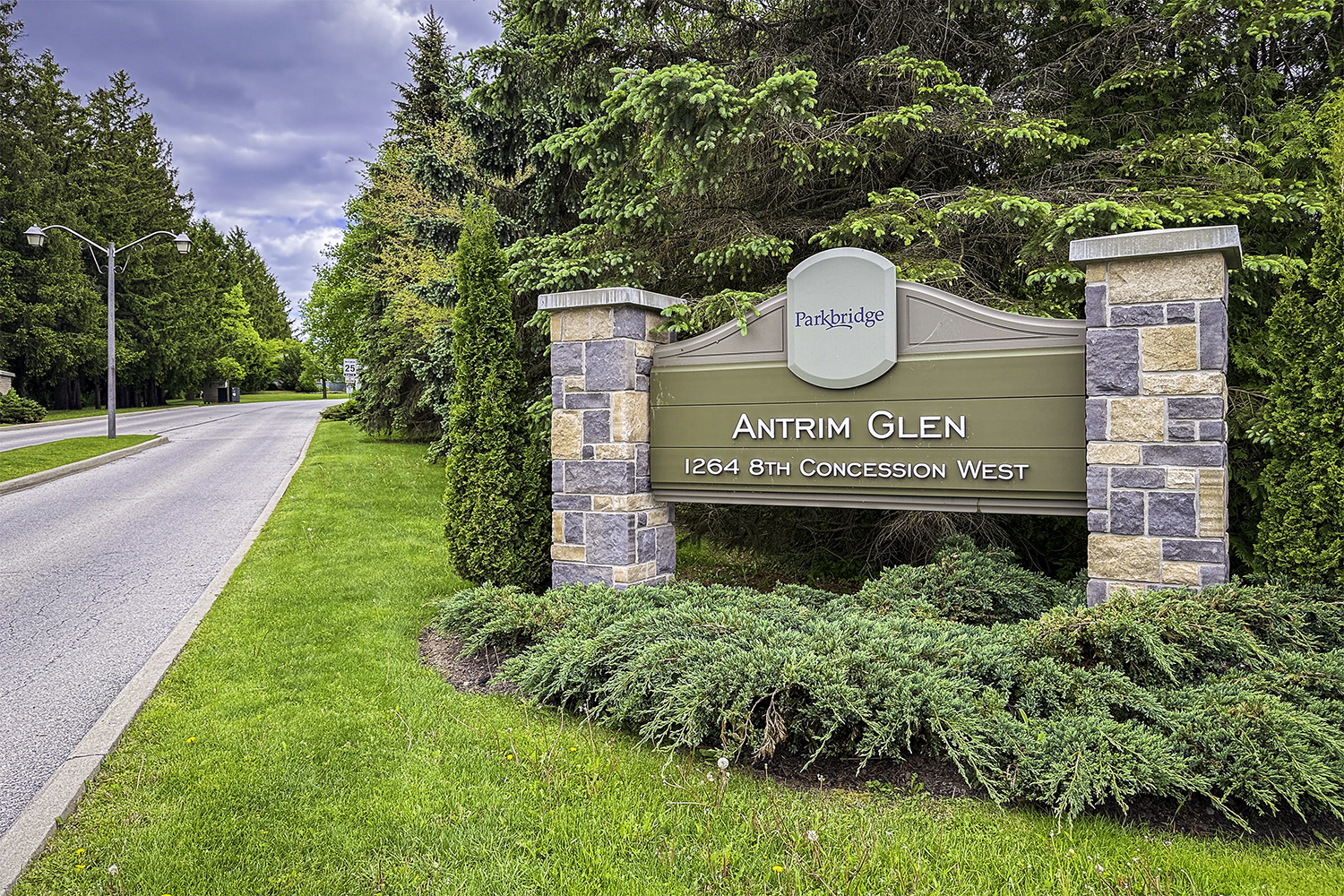

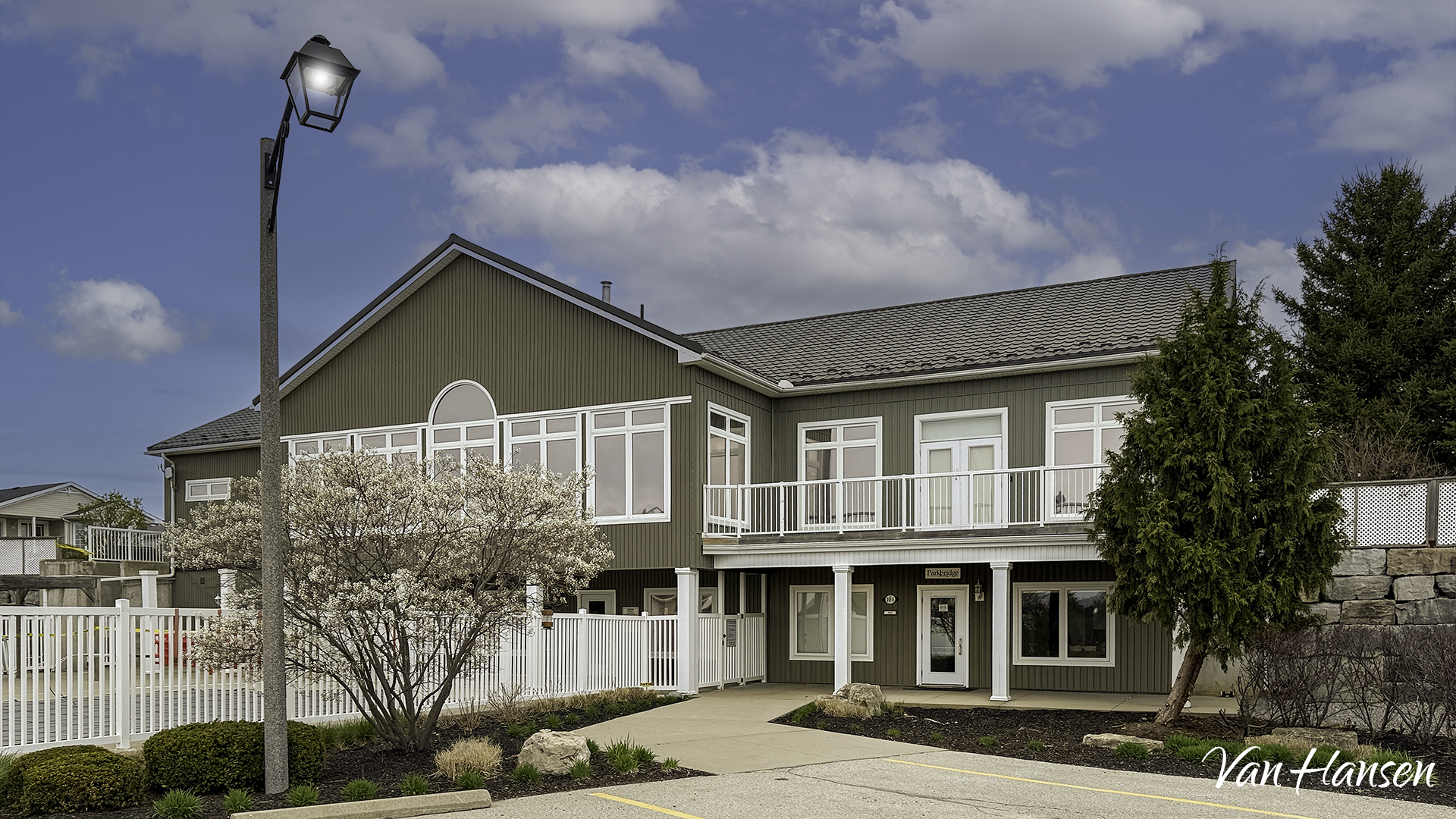


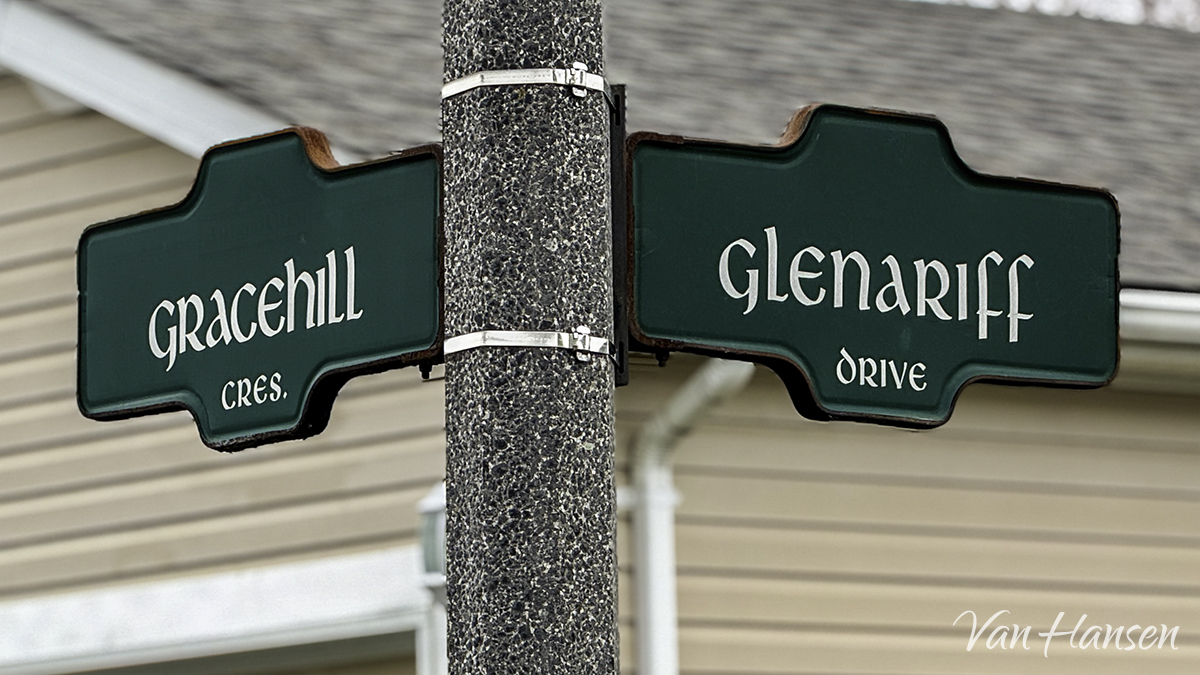

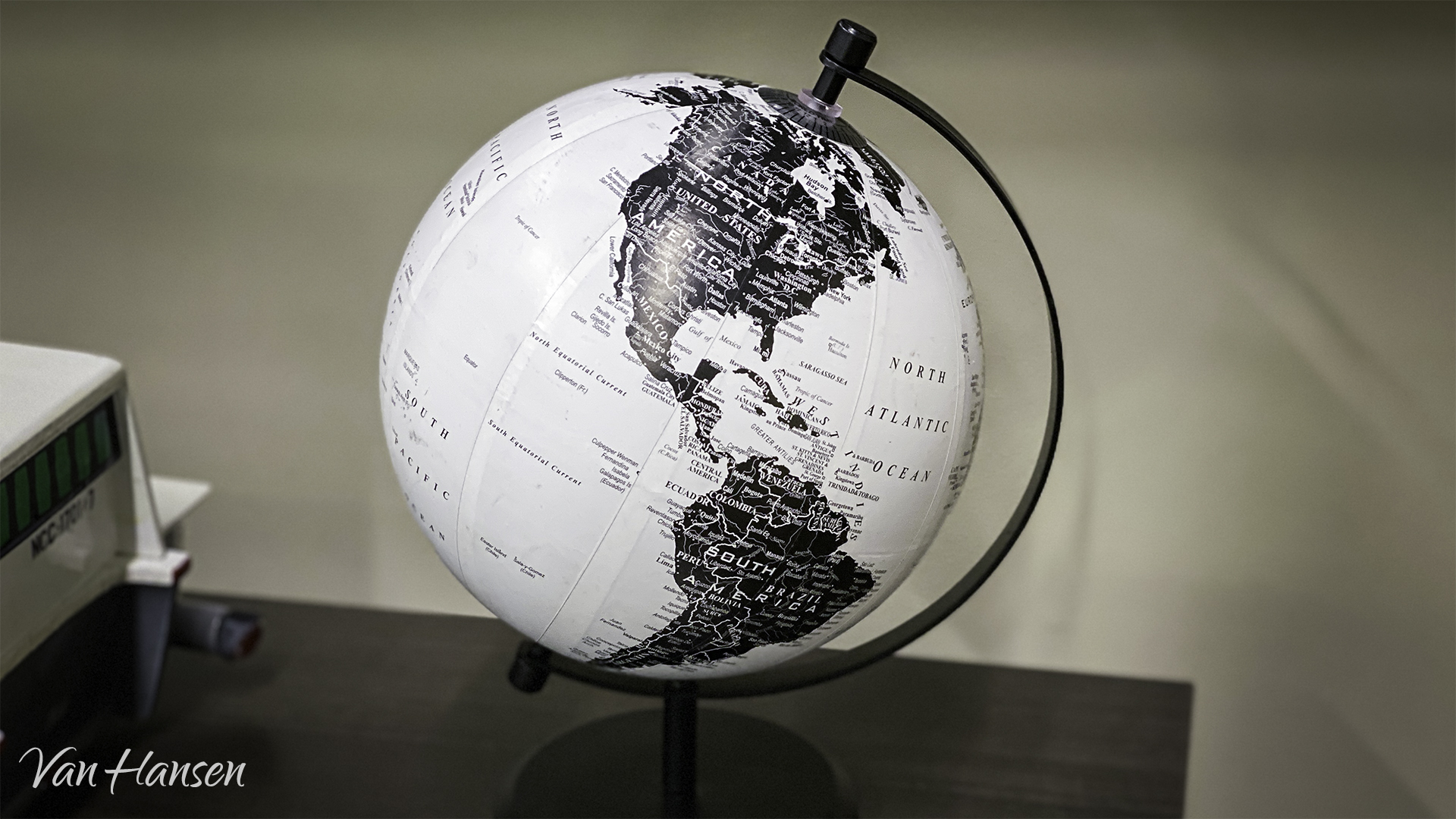



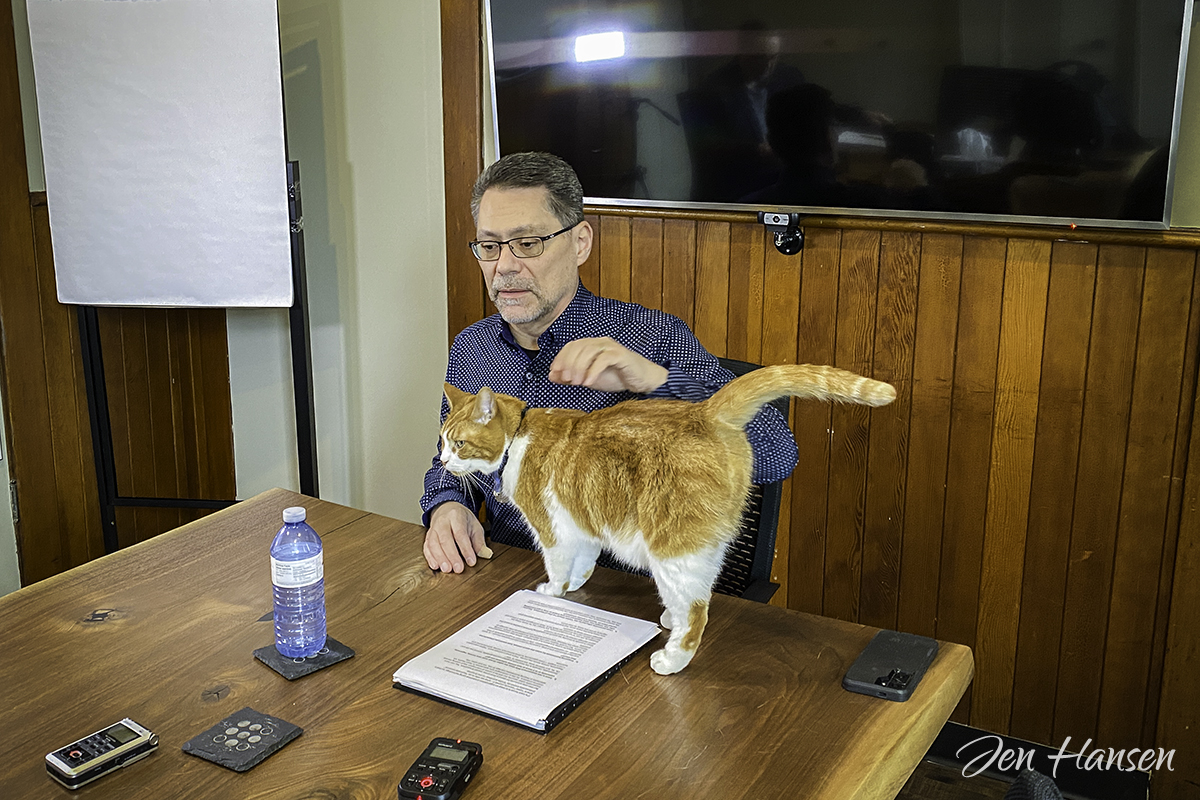

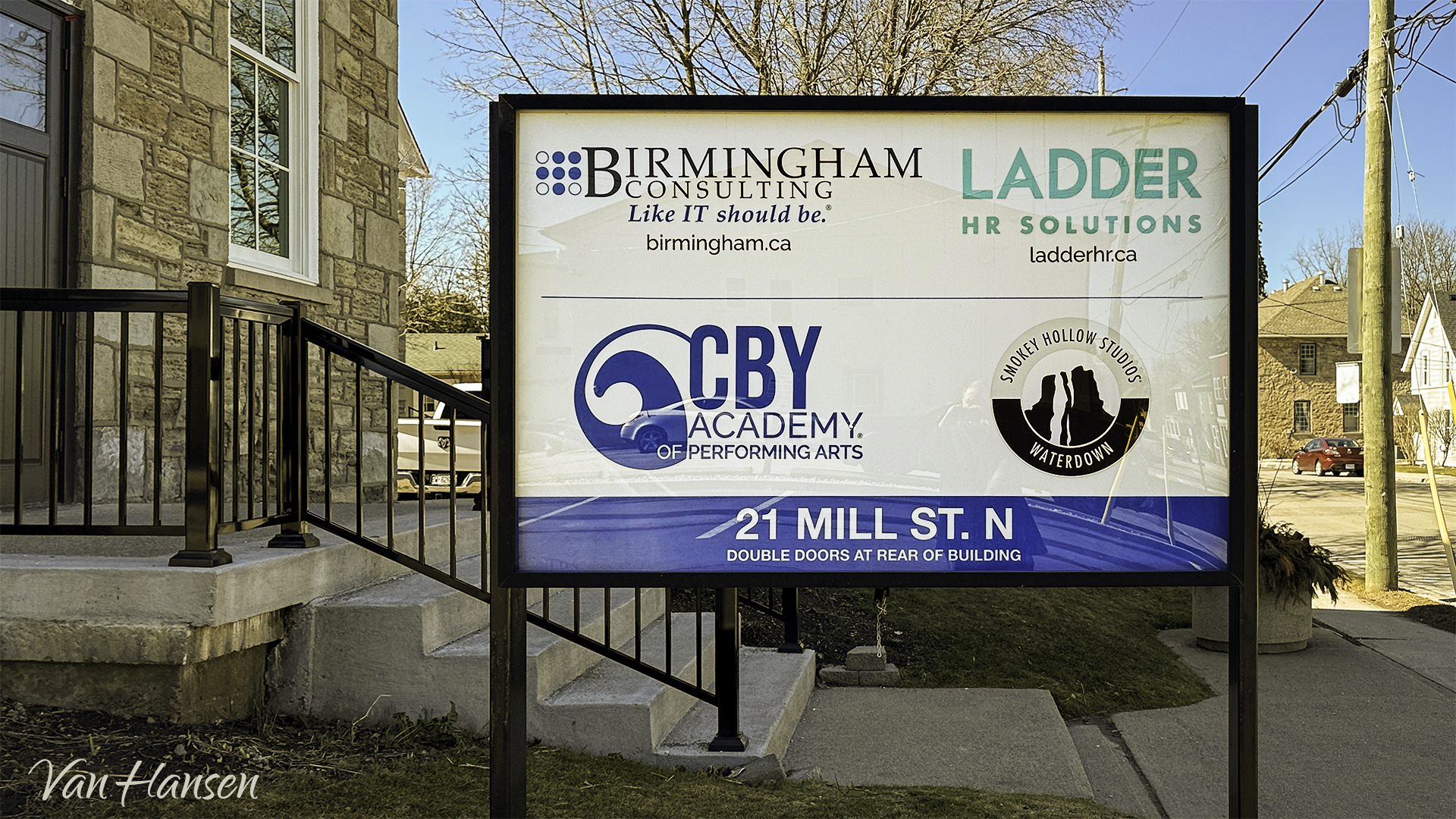
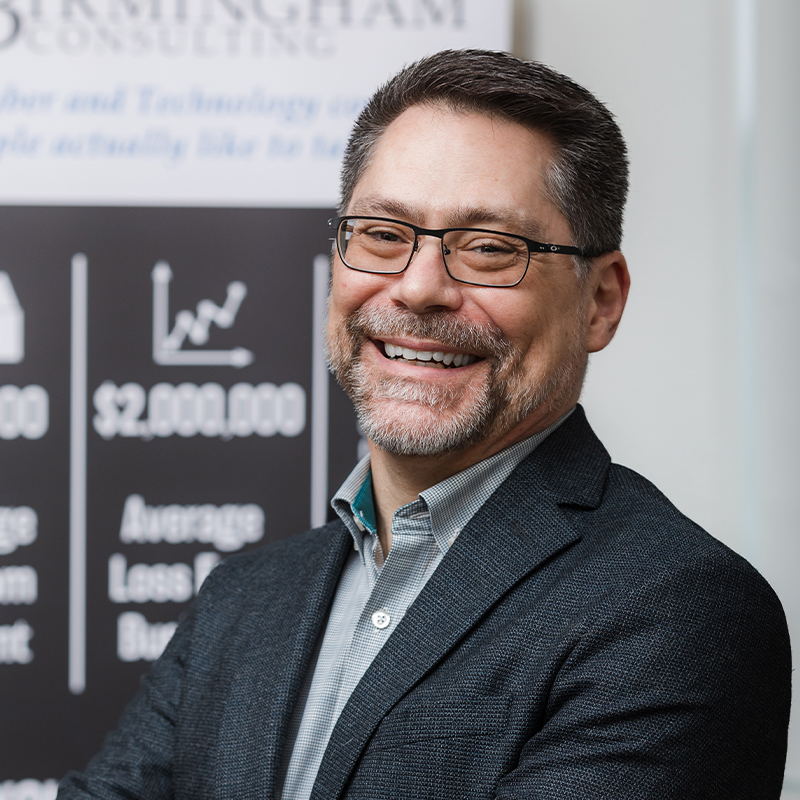












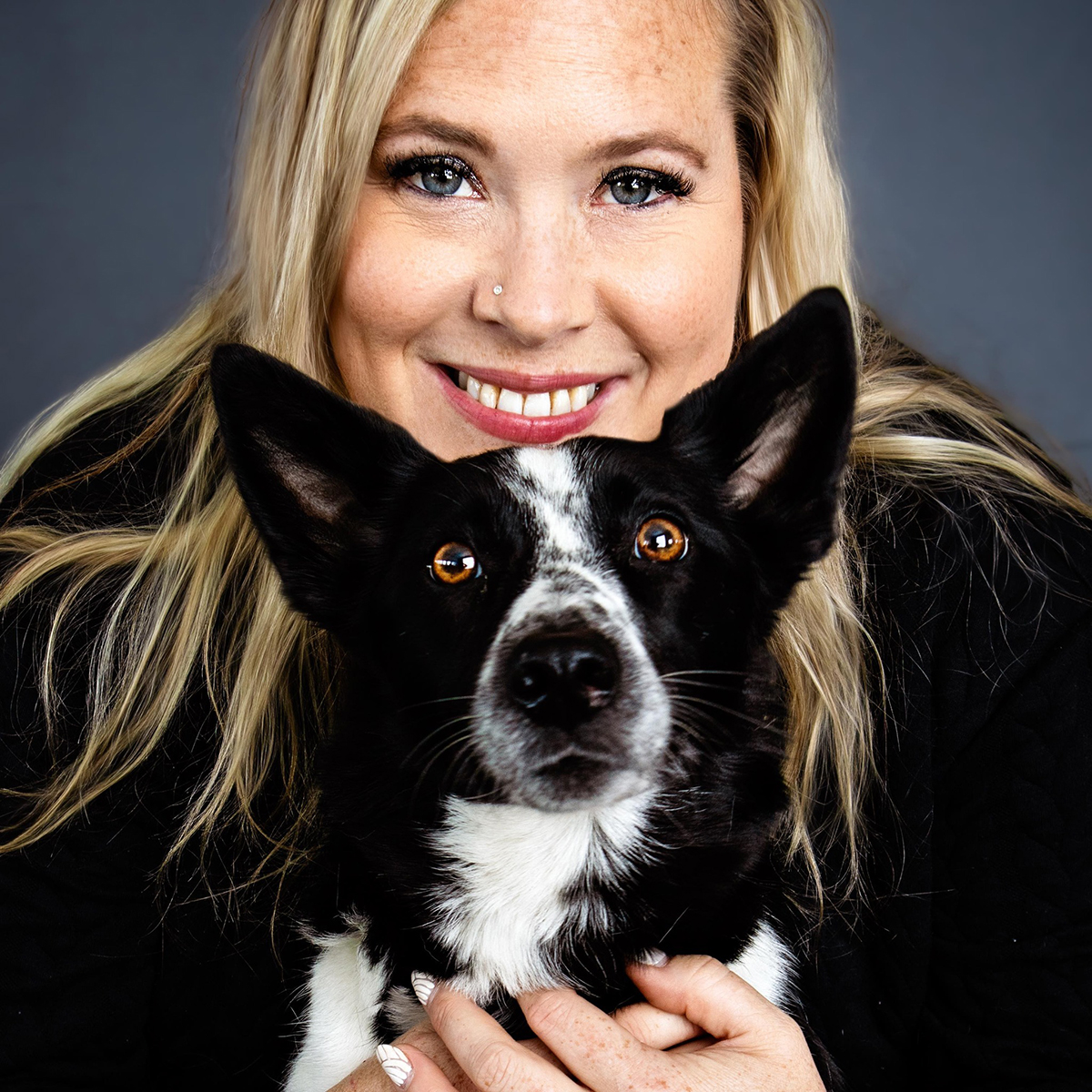
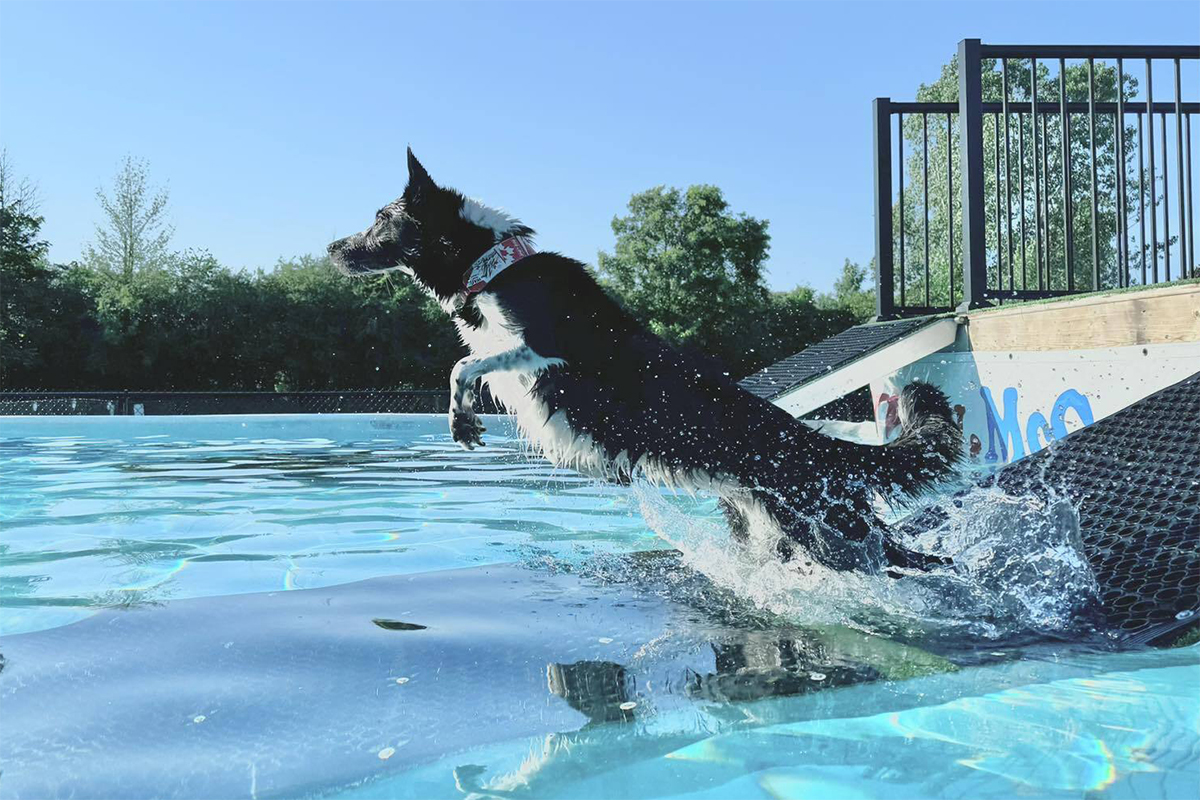


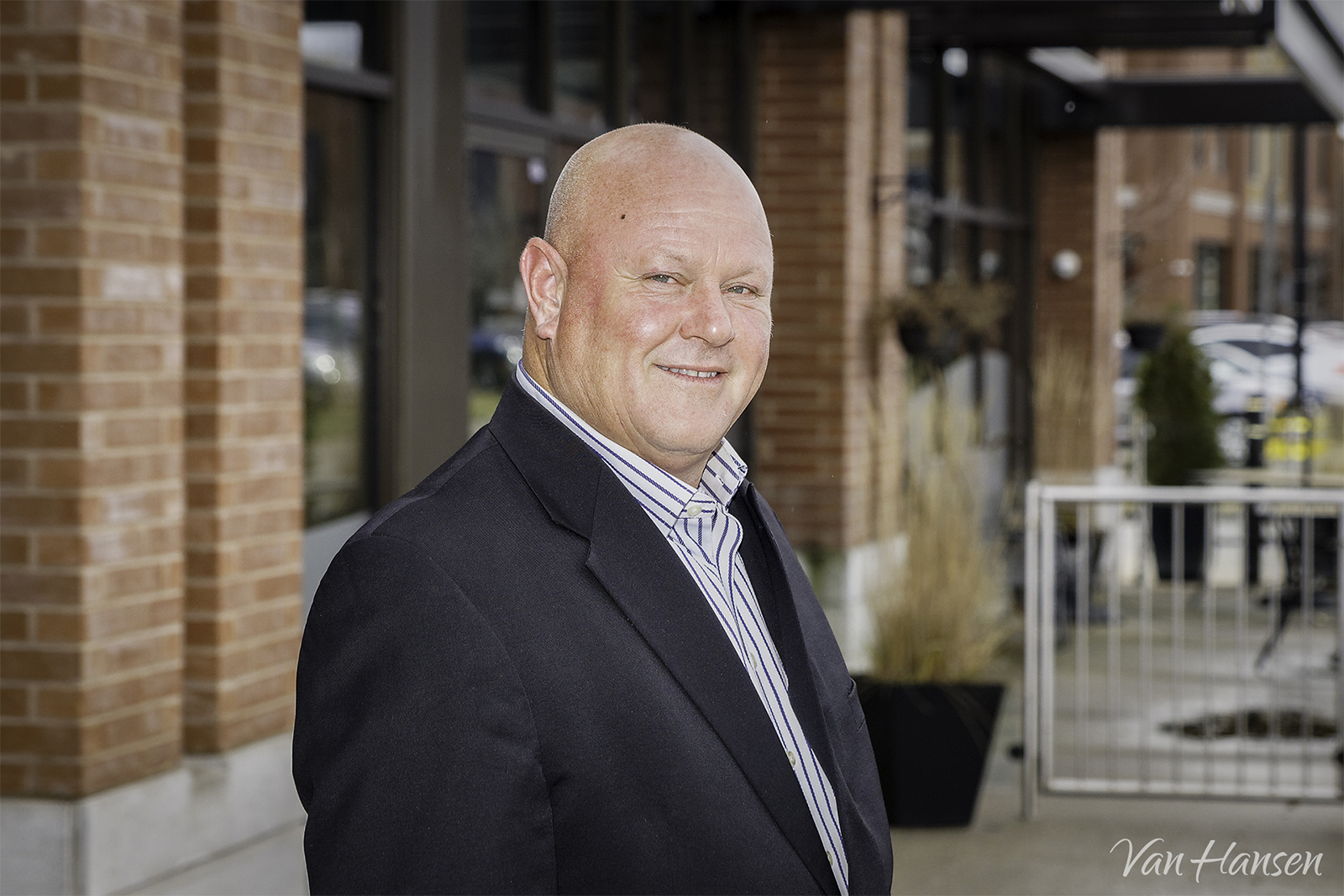
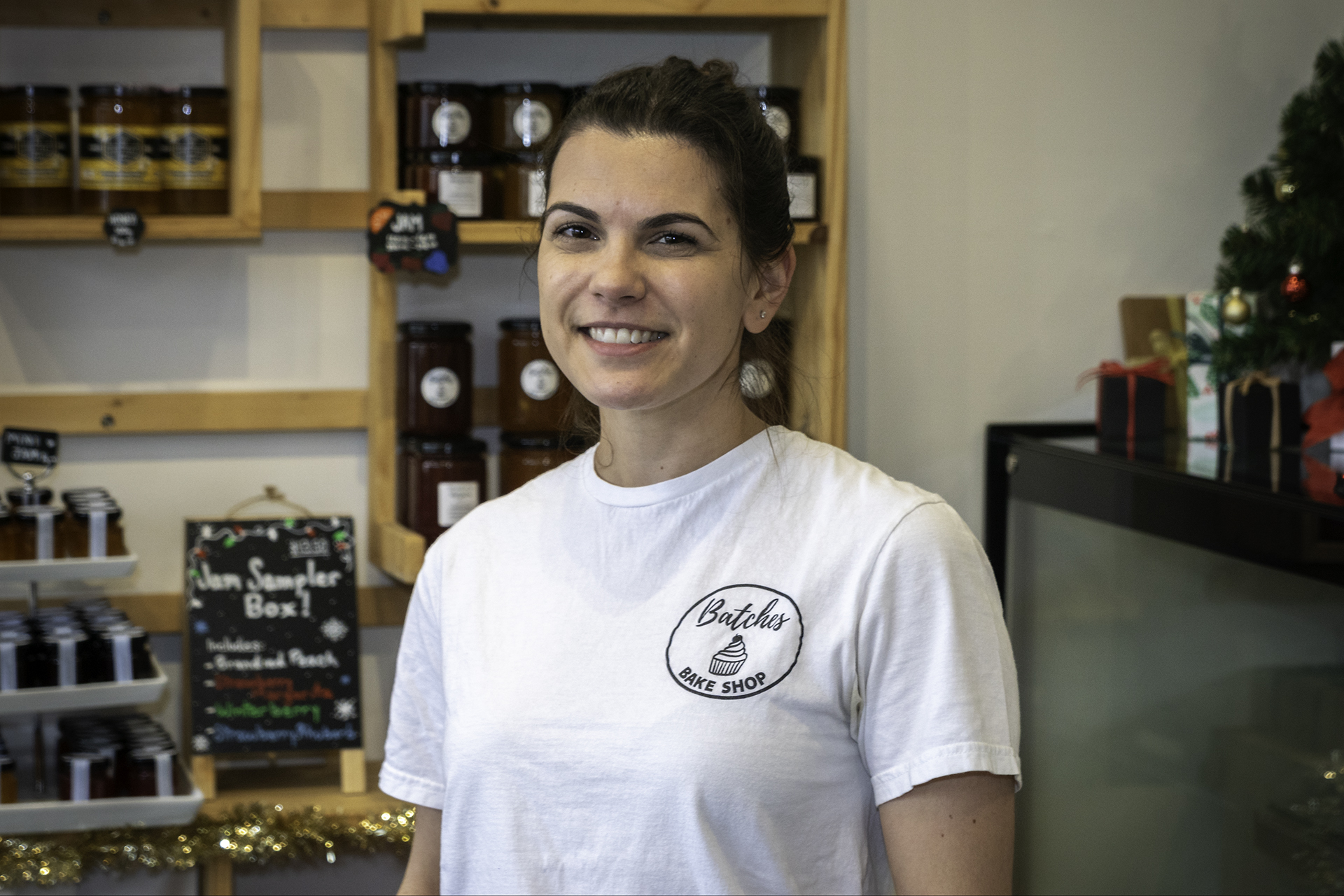
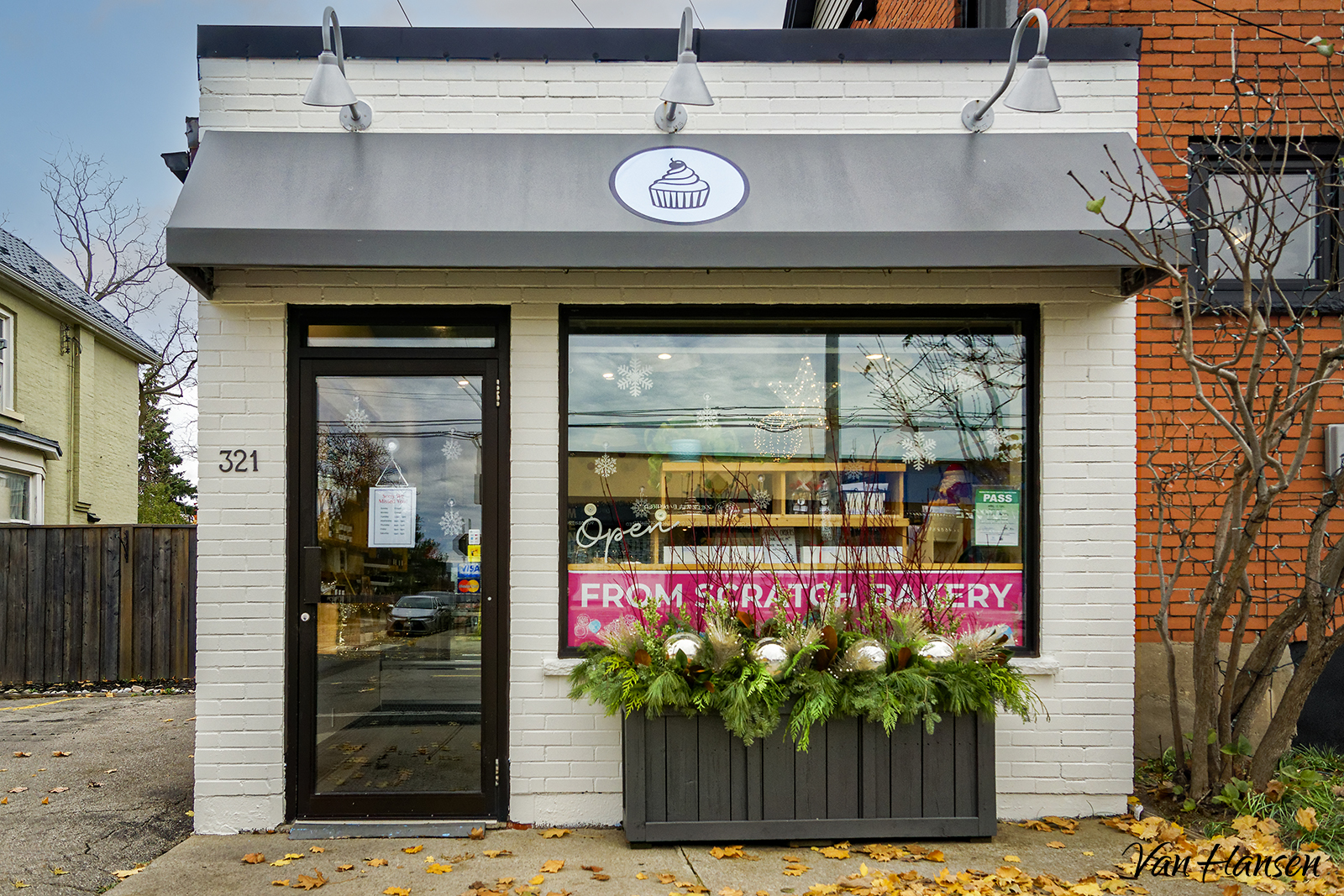
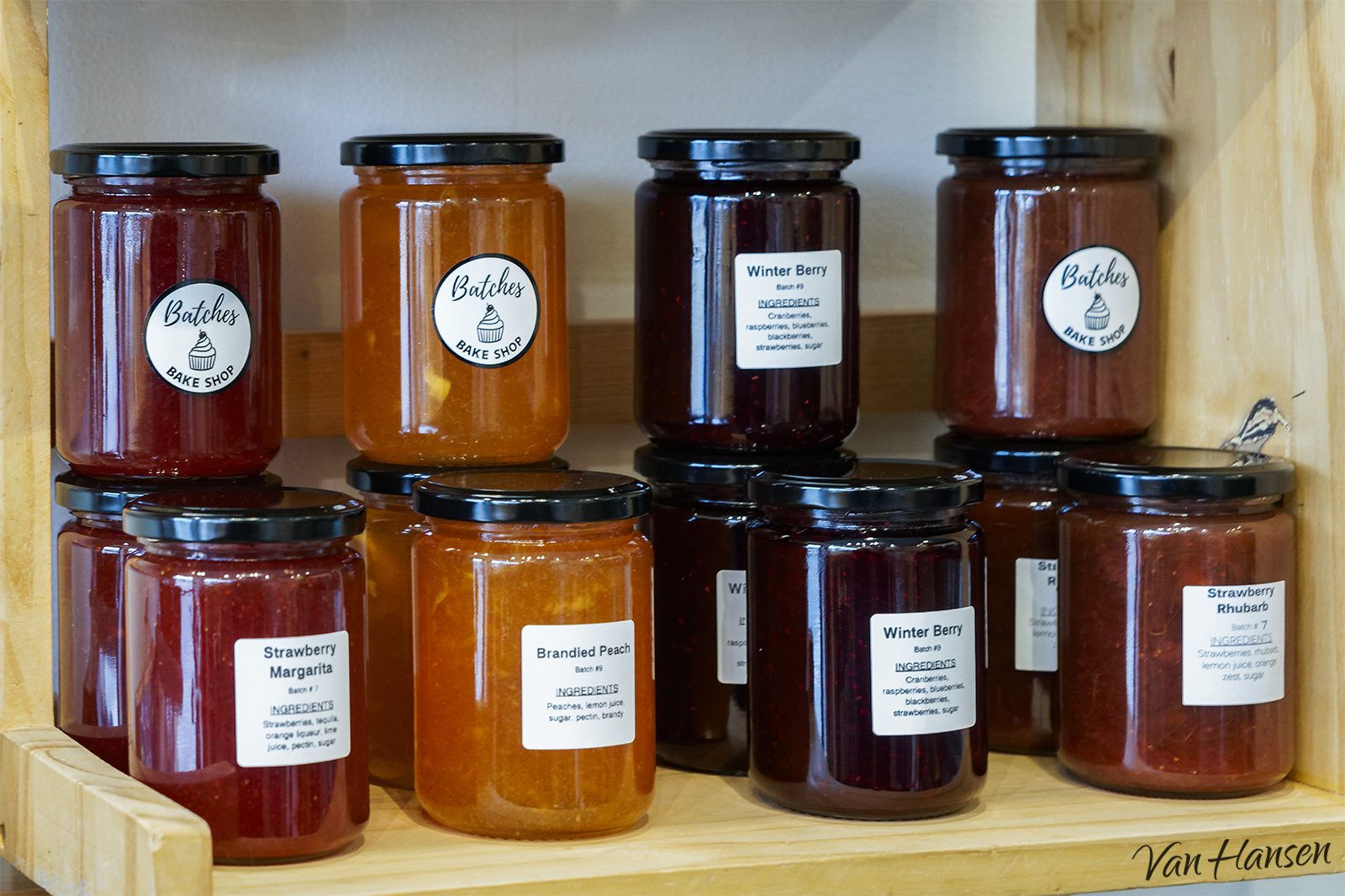
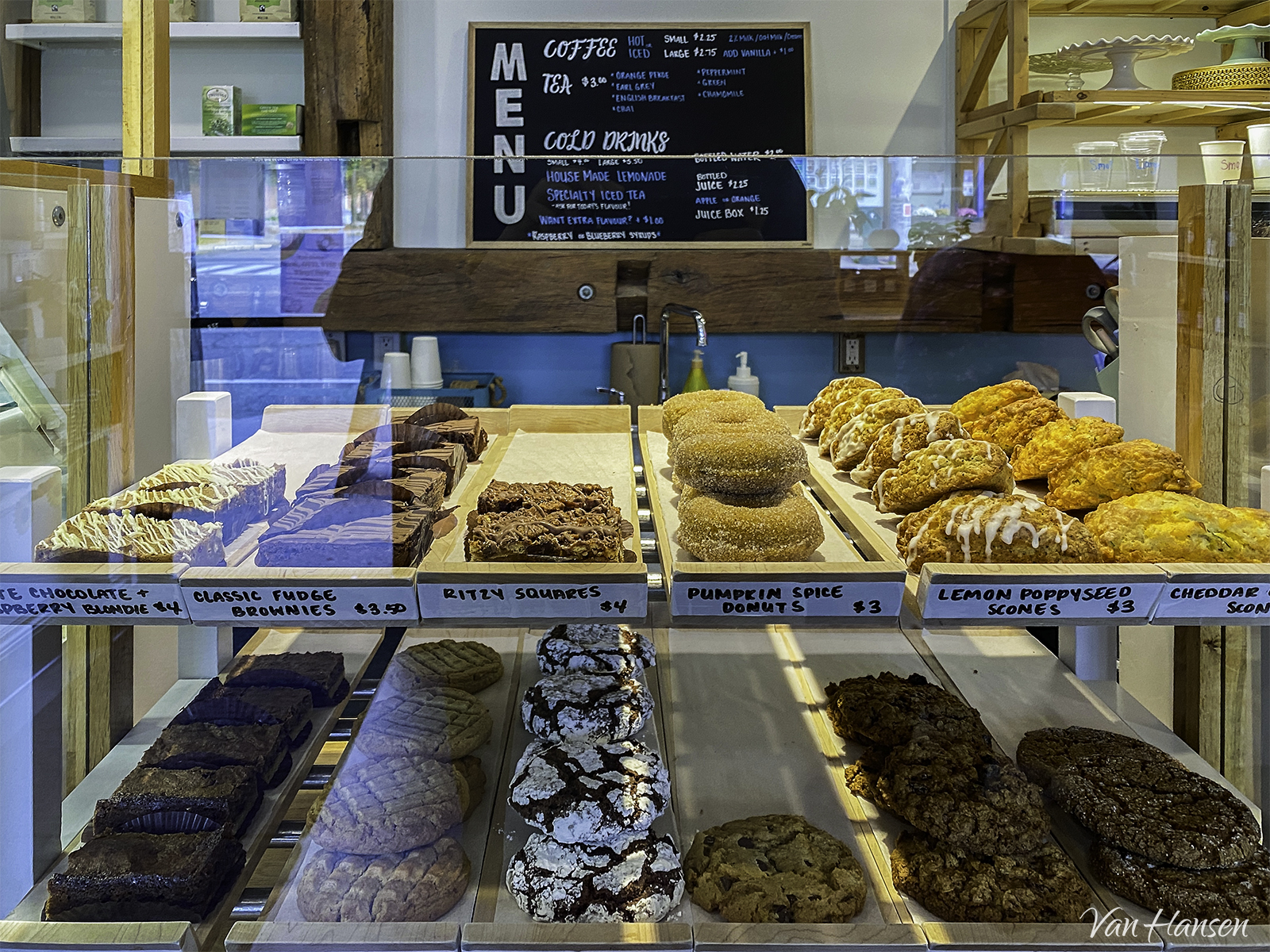


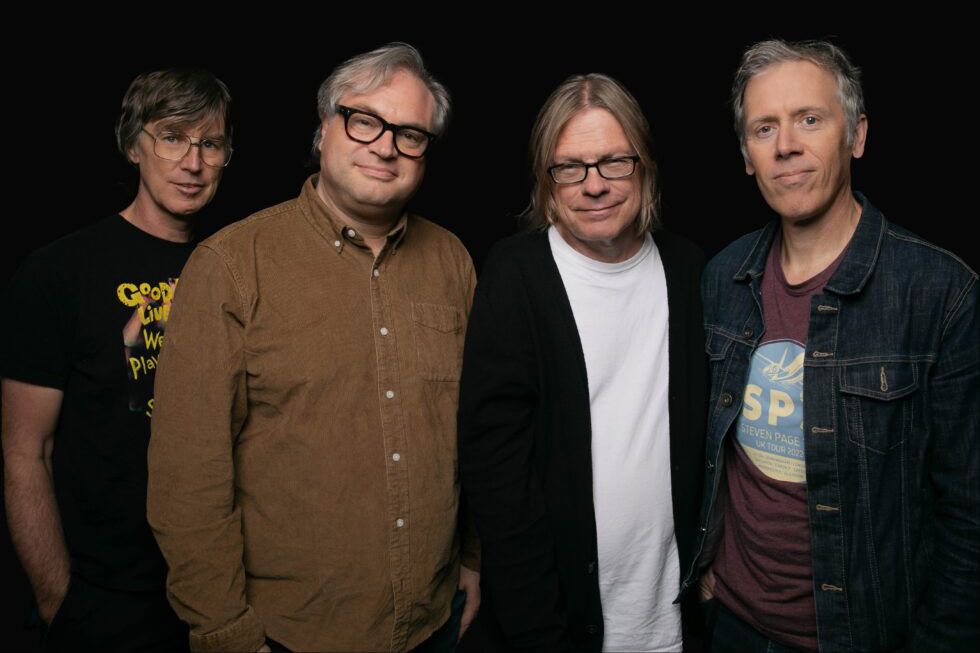
2024%20VanHansen.jpg)

